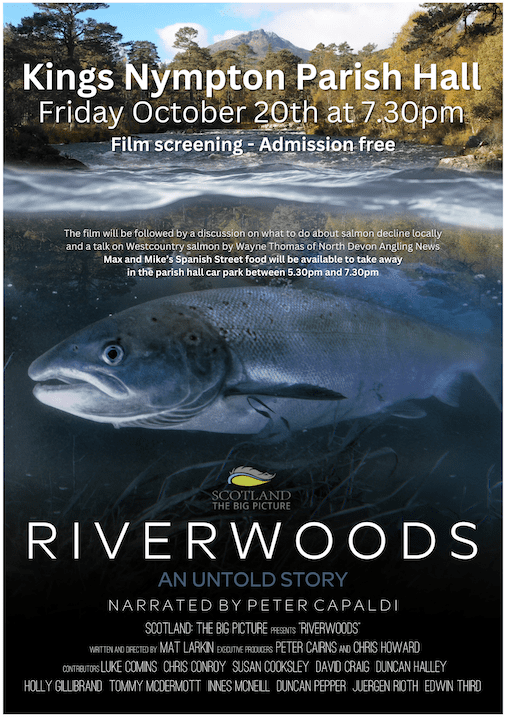





The River Torridge Fishery Association
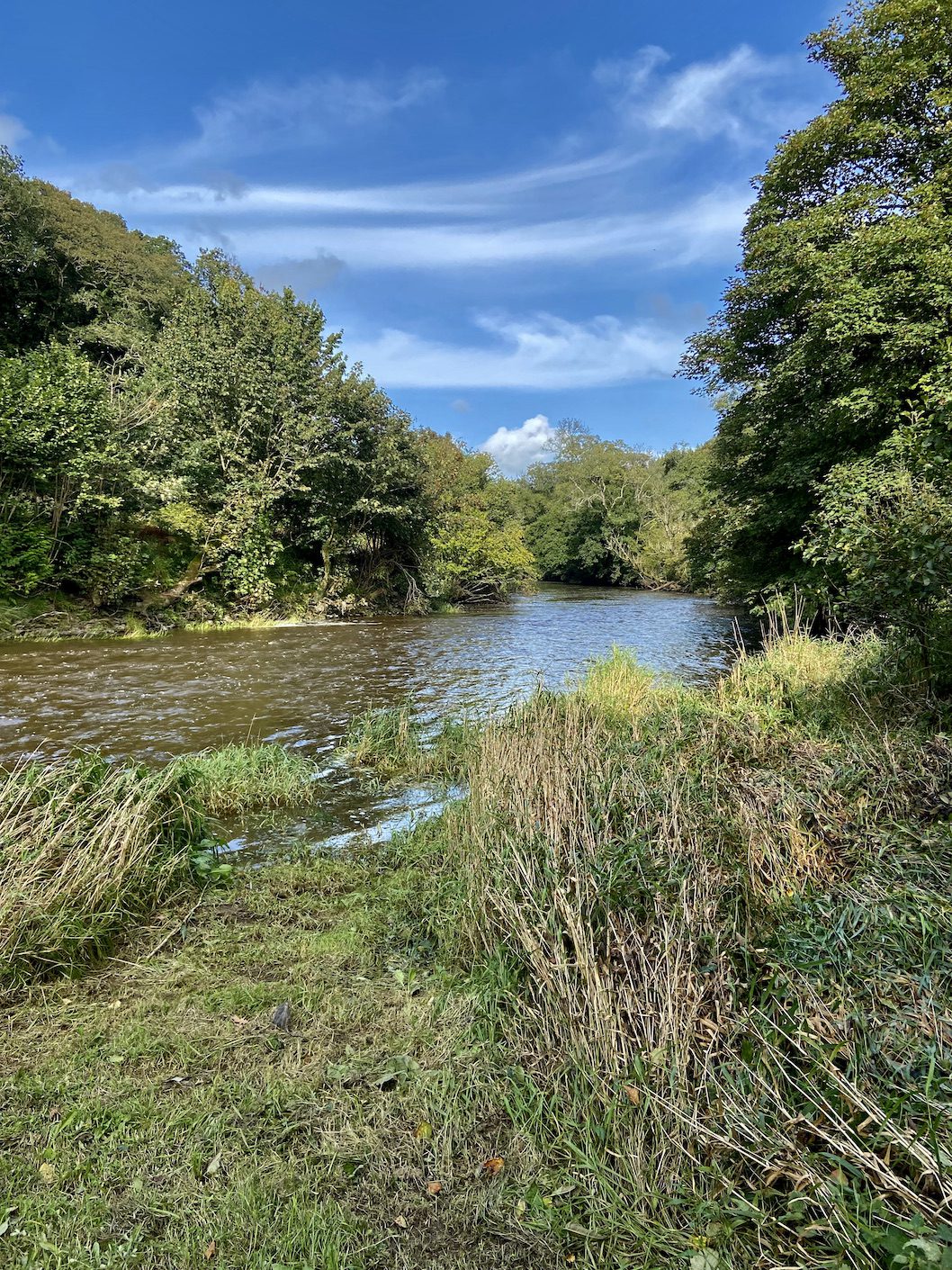
President: Lord Clinton
Chairman: Paul Ashworth Secretary: Charles Inniss
The Salmon Hatchery
At long last I have some good news: the EA has given the go ahead for us to run the hatchery again this autumn/winter. The hatchery team have had to attend a health/safety course and we have had to purchase a hoist and harness in case of difficulties netting the broodstock in 18 inches of water!! A working party has tidied the hatchery site and cleaned the holding tanks. All being well we will be trapping the broodstock in early/mid-November. Once the eggs have been stripped and fertilised, 10,000 will be sent to the Colliford hatchery with the remainder being. looked after at our Monkokehampton hatchery.
Our Fishery Enforcement Officer
More good news: a new fishery officer for North Devon has now been appointed. Sam Fenner is very keen to support the Torridge in particular the hatchery project.
Over 40 members and guests enjoyed a convivial evening with good company and an excellent meal. We were delighted that our newly appointed Fishery Officer, Sam Fenner, was able to join us and meet several of our members.
Thank you all for supporting the raffle so generously which made a net profit of £1,225.
The prize winners of the raffle:
£100 Orvis Voucher: Nigel Case
Voucher for 12 bottles of wine: a friend of Graham Henderson
£50 Half Moon Voucher: Trevor Glover
We cannot complain about a lack of water this year. After a dry hot June the remainder of the season was characterised by changeable weather with regular spells of heavy rain. The runs of both salmon and sea trout were again disappointing. Salmon and sea trout moved quickly upstream and most of the fish were caught on middle river beats. The lack of fishing effort (and I was as guilty as anyone) possibly meant that the rod catch did not truly reflect the number of fish in the river. Three salmon were caught in the last two days of the season, including an absolutely fresh fish of 7lb from Madeira. There was some good brown trout fishing in May and June. There is increasing evidence that the trout are feeding on the baby signal crayfish, which have now infested the whole catchment, resulting in several fish up to 3lb being caught.

B.D.A.C Rod and reel match results at Tarka date 22.10.23 .
Today was the first of a 3 match series, the weather today was some what mixed with some rain and some sunshine at times. Fishing was hard at times, but still some good weights was weighed in. 1st place today went to Keith Copland on peg 9 with a good net of fish for 25lbs 13oz on the feeder, 2nd place went to Richard Jefferies on peg 14 with 23lbs 10oz fishing a pellet waggler, 3rd place was Stephen Paul Sheller on peg 21 with 23lbs 4oz and 4th place went to Martin Turner on peg 16 with 22lbs 9oz.
The next Rod and Reel match will be at Tarka on the 26.11.23.
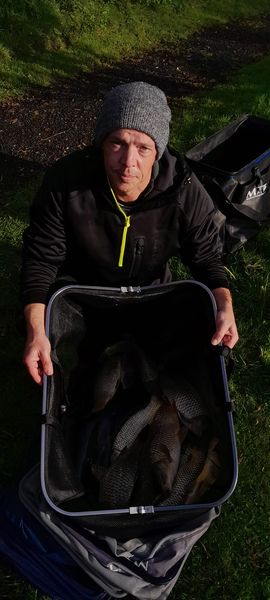
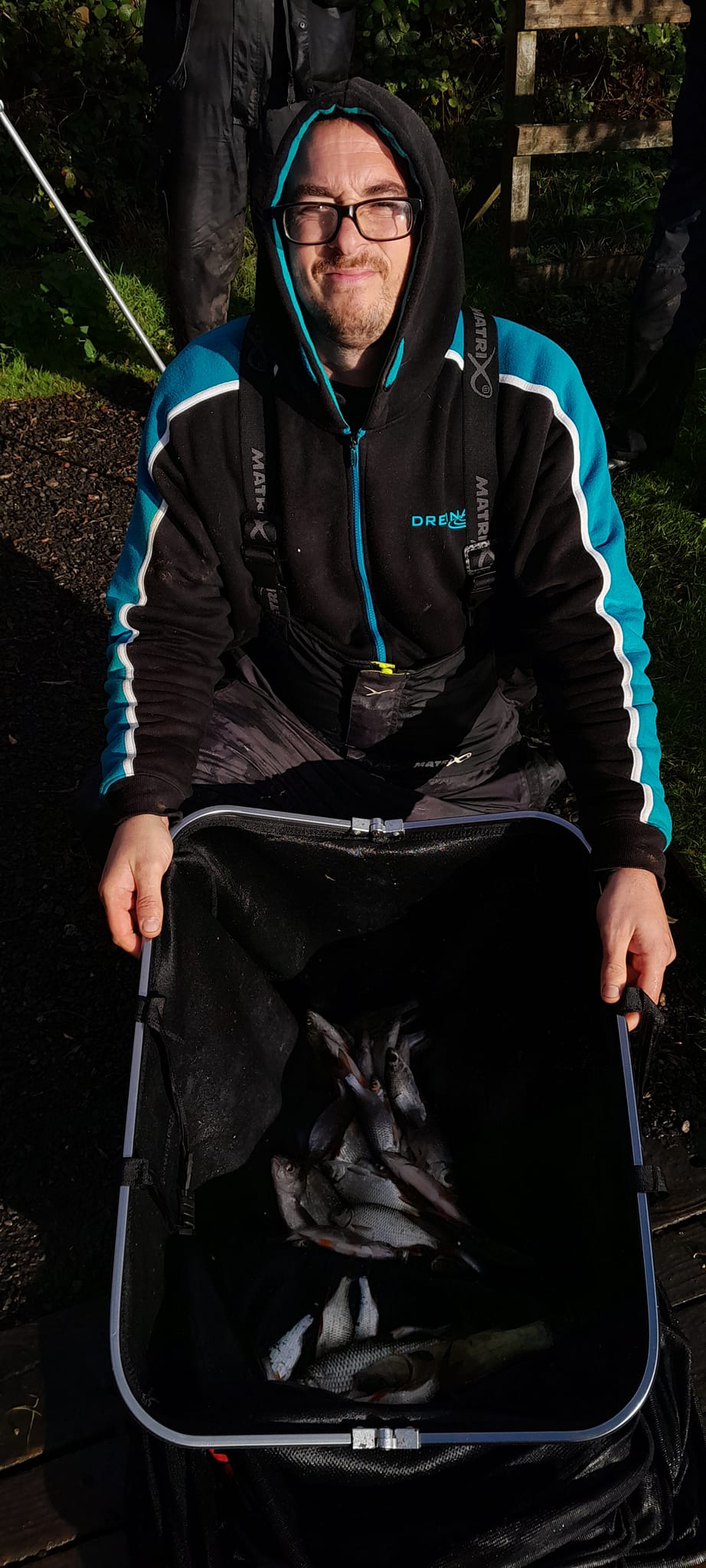
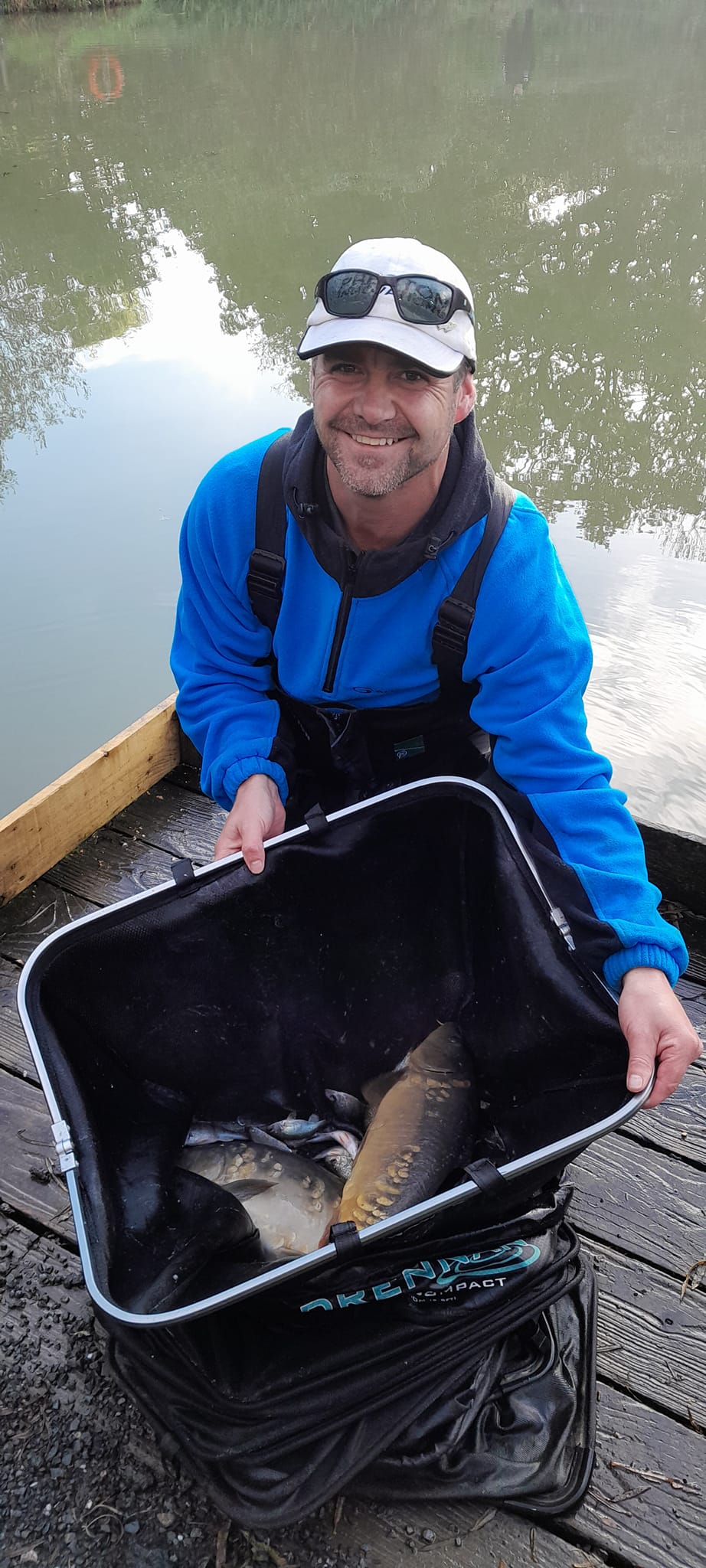
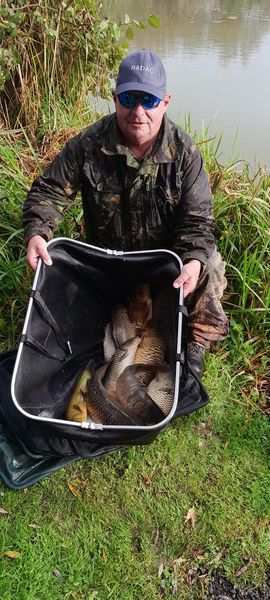
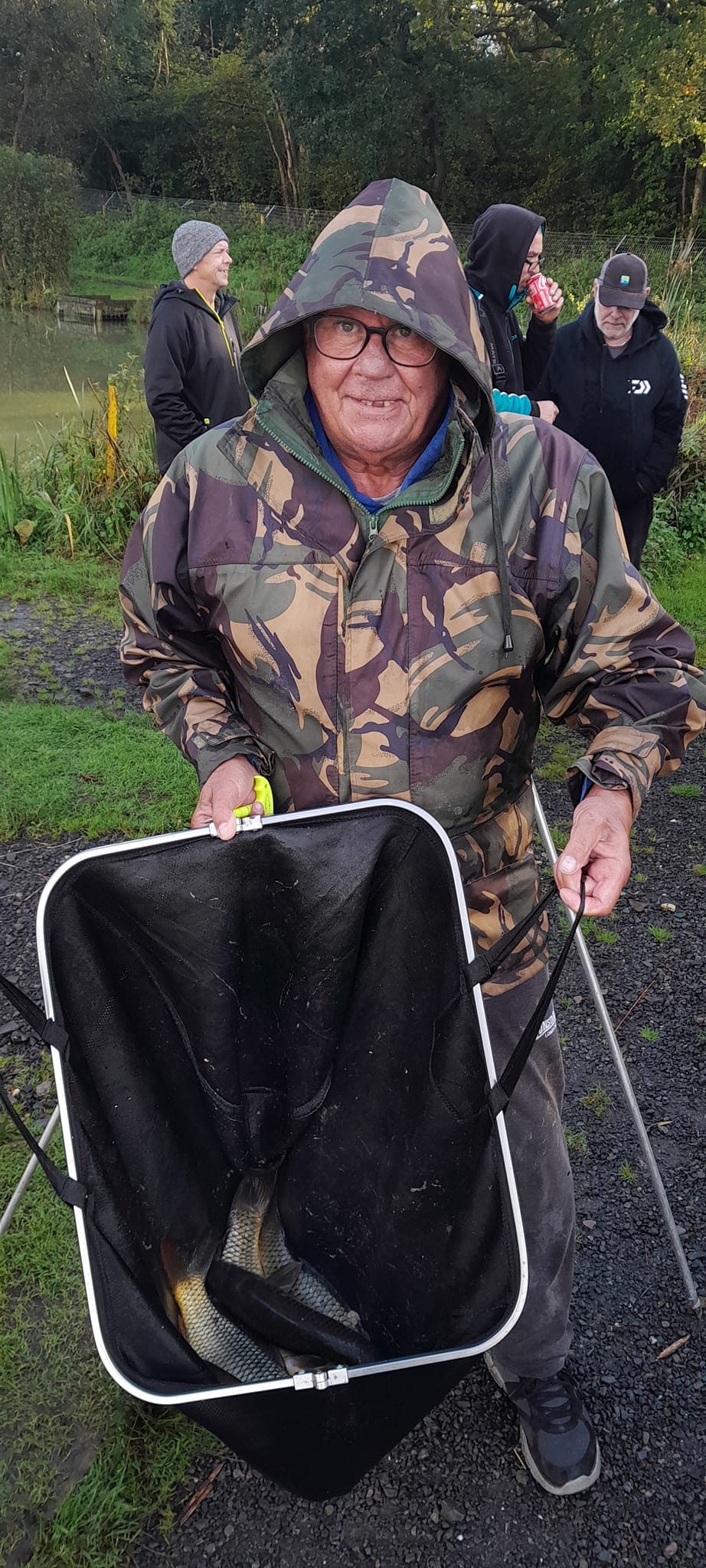
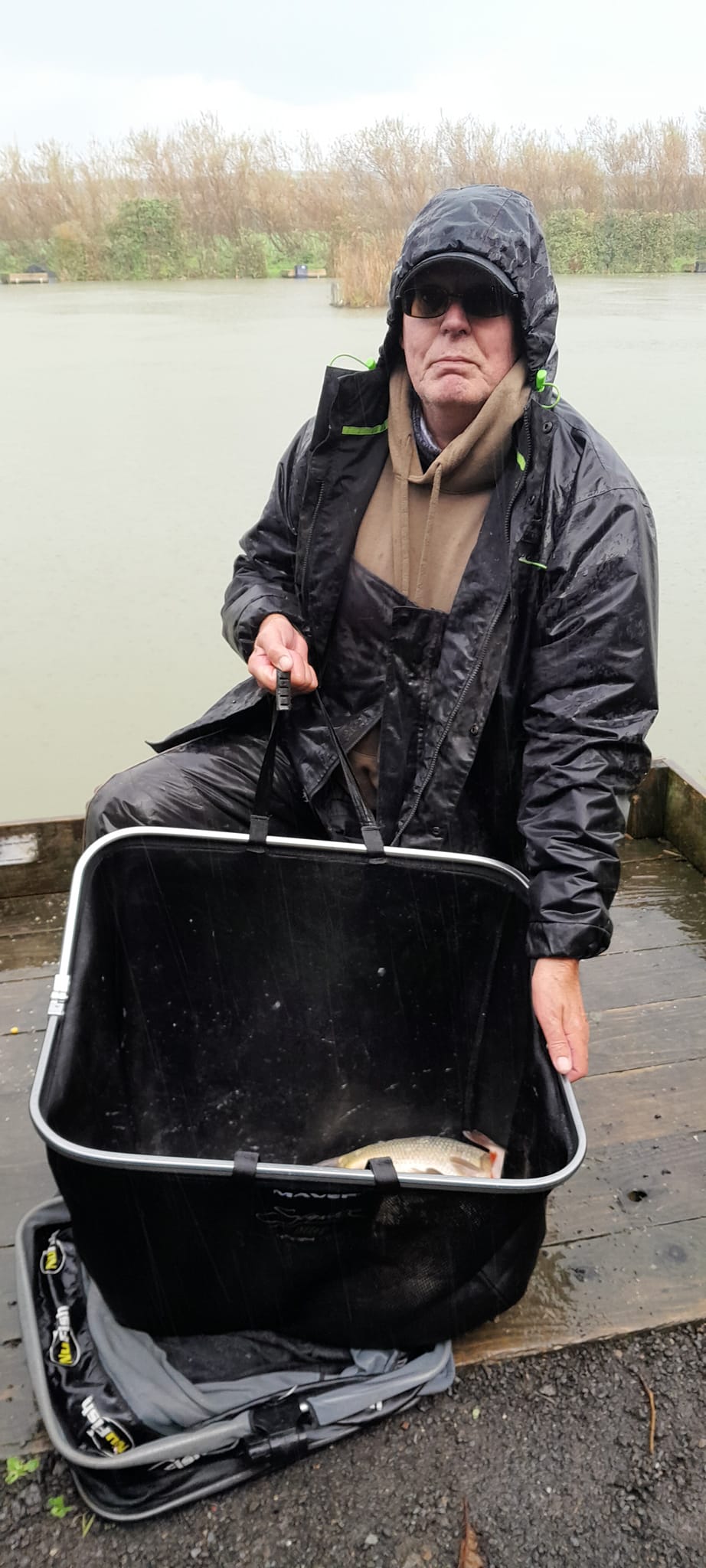
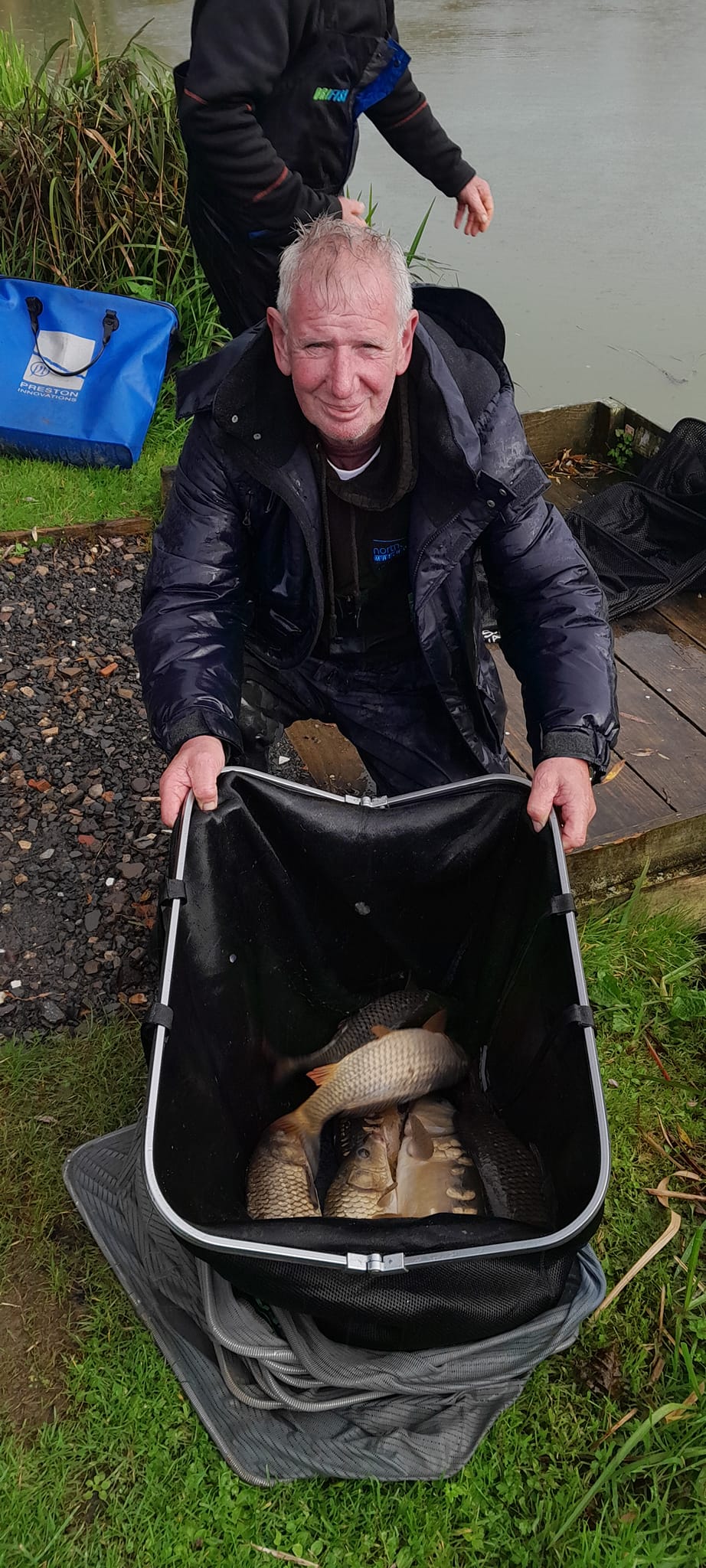
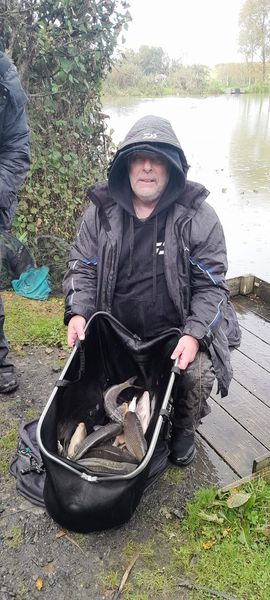
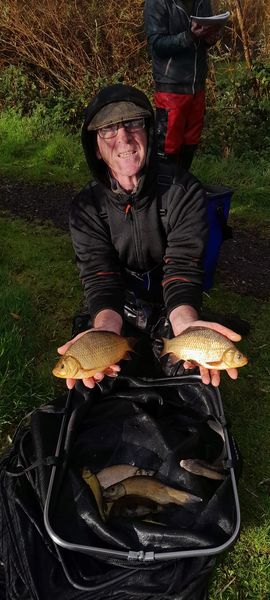
“What kind of creature bore you,
Was it some kind of bat?
They can’t find a good word for you,
But I can … TWAT.”
John Cooper Clark – Punk Poet

A few years ago the stranger (above) and I both arrived too early for check-in at the lodge on the fabled Gjöll River. A place steeped in myth and vengeful Norse gods.
It was a warm, late-summer day and the deck offered fresh coffee with a view of the river and mountains. The perfect setting to kill time with idle chatter. Our hosts were a fine and professional bunch of people and all was well with their world and mine. It was the sort of place that puts a smile on your face and fly-rod to hand.
My fellow guest greeted me with a sneering eyeball shake-down. Perhaps it was the triggering way I had said, “Hi, lovely day isn’t it?”.
Small talk? No. In rapid succession he declared that all forest fires are started by arsonists. That George Soros is Jewish (a terrible thing, he said), heavy snowfall proves global warming is fake, wokesters are provocative bastards and Anne Frank’s latest porn book for kids must be banned & burned (both) along with the paedos, Fauci, all UN scientists and foreigners (me?). And coal is king and should also be burned. It was a lot to take in. And if looks could have killed, I was dead.
Putting the threatening bigotry aside, for the moment, when did climate change become a right-wing wedge issue? The right’s talismanic icon Margaret Thatcher must be spinning in her grave.
I kept my head down for the rest of the trip, although it turned out that it wasn’t anything that I or Mrs Thatcher had said. The next day Mr Wedgie’s newly arrived fishing party erupted into ear-piecing verbal abuse. Our misfit was now at odds with his buddies. I couldn’t work out exactly who he wanted to kill first, but I think Mike Pence was high on the list. Mostly he generalised: Scientists, environmentalists, whales, migrants and probably cute little kittens. You get the idea: Tough Guy v World.
That night found me thinking about Twats on Banks. The who, the why and the such-like. I have a bit of weakness for this sort of thing and, generally speaking, the weirder people are, the bigger their metaphoric car crashes and the more I rubber-neck. And there we were in a Norse fishing lodge with a hotline to 1930s Berlin and I’m suddenly thrust into team Thatcher – weird and weirder.
So with the worrying caution that maybe it takes one to know one … this is my essay, formally titled A Short Discourse on Fishing Twats.
There are two fishing twat-types chewing away at the margins of my watery world. The on-line variety and the much more alarming physical version you hope never to find in your river.
The online twat is, at worst, a minor irritant. Mostly they rally around a pick n’mix of conspiracy theories and grievances with their own victimhood worn as the shared badge of honour. They’re found in small and grumpy internet echo chambers, bickering and shouting insults at the heresies they find threatening: Science, for example. They go unheard even by the new-agers they assertively hate, which is a pity because they have much in common. Intolerance and a high rate of attrition from vaccine-preventable diseases, to name just two.
It is precisely because they heckle the twilight that our online fishing twats are mostly irrelevant and marginalised – for comparison, the online world of Chess players is properly vicious and ruins lives.
So that brings us to the real-life Twat of the sort that invades your space and makes Hotel and Lodge owners miserable. The angler from hell (or, in this story, the Norse Hel).
First, some background: I am not a digital native and hail from the era of flesh and blood – which means my formative years were spent face-to-face with real people. This tended to moderate some of our worst excesses. Maybe you know the song:
“Soon we’ll be out amid the cold world’s strife, Soon we’ll be sliding down the razor blade of life.”
Tom Lehrer, Bright College Days.
The message is clear: Shape up, or it’s going to hurt. So most of us reached adulthood with a basic set of social skills. For example; avoid inflicting your politics on strangers met on a fishing trip.
They say the boy is father to man, and I was a flawed teenager who, I hope, was more Prat than Twat. Not ideal, but it could have been worse and, like most teens, I have mostly recovered in the decades since. Sadly, some people don’t.
This Prat-predisposition set me in direct conflict with the biggest Twat in my teenage fishing life: My godfather – a groping, leering and utterly repellent misogynist. He even carried a little black book of sexist jokes. Like the man, none of the jokes were funny, and he made life miserable for every barmaid and waitress who had the misfortune to cross his path.
That’s not all: Unforgivably, he could also throw a line further and with less effort than me – something nobody else in my very limited circle could do (this was long before YouTube and Spey Casting brought me crashing down to earth). Being outperformed by such a groping grotesque annoyed me. Meanwhile, he thought I was a long-haired little jerk – and, with hindsight, I can see he had a point. We were not a good mix.
To make matters worse, every year my father would organise a week’s fishing for the three of us (for me it was free, so of course I went).
One year we were blighted by a drought so severe the fishing was impossible. Not that my teenage self was prepared to admit it. I took it all very seriously. Too seriously. So there I was, working my way inch-by-inch through a large, slow-moving pool which had some water, but no oxygen and no fish. Nobody else was making an effort. Just me.
Out of the corner of my eye I caught a glimpse of movement in the pool’s neck. Something was drifting downstream towards me. Something blubbery and brilliant white. Something that, bizarrely, seemed to be a belly-up Beluga Whale.
The whale processed all stately and ceremonial into the main pool. I slowly realised it was wearing paisley-pattern boxer-shorts and had my godfather’s porkpie hat perched on its expansive stomach. It was otherwise flabbily naked.
I was, by now, incandescent with rage at this invasion of my territory. My pool. My best chance of catching a fish. How dare he! I was raging with self-righteous afront.
The imperial and imperious Beluga drifted past me and, as it did so, raised a two-fingered salute in my direction. This put me in temper tantrum territory – which was presumably the Beluga’s intention. It was only my awareness of this that kept the lid on my head. I don’t remember how it ended, but no rocks were thrown and I assume the Beluga joined us for dinner that night.
The point of this story is that I learned a long, slow lesson: That prats grow up. Admittedly, it took 20 years for me to realise, but the Beluga was perhaps the funniest thing to happen to me on a riverbank. Had I not been such a pompous little prat I would have been rocking with laughter.
So I learned some humility and didn’t grow up to be a Twat. However, my godfather, being a fully grown Twat, continued his behaviour unchanged by his exposure to me. So by the time I had eventually realised how very funny the Beluga had been, he was getting a well-deserved visit from the police following allegations of a sexual assault.
So the moral of this tale is simple: Be tolerant of young Prats. They might grow up to be you. But if you meet a full-blooded Twat just walk away. Don’t engage. They’re not worth the trouble and, sooner or later, they’re going to get hit by someone or something bigger and nastier than you or me. Hopefully reality. Perhaps the police. Or maybe guests at a fishing lodge. Thor could do it – but it won’t be me, although I did read somewhere that the pen is mightier than the sword.
Following on from successful screenings of the excellant film Riverwoods at Loxhore and Kings Nympton a new showing is to held at East Worlington Parish Hall. The after film discussion is well worth taking part in to highlight the message of both decline of salmon and wildlife.
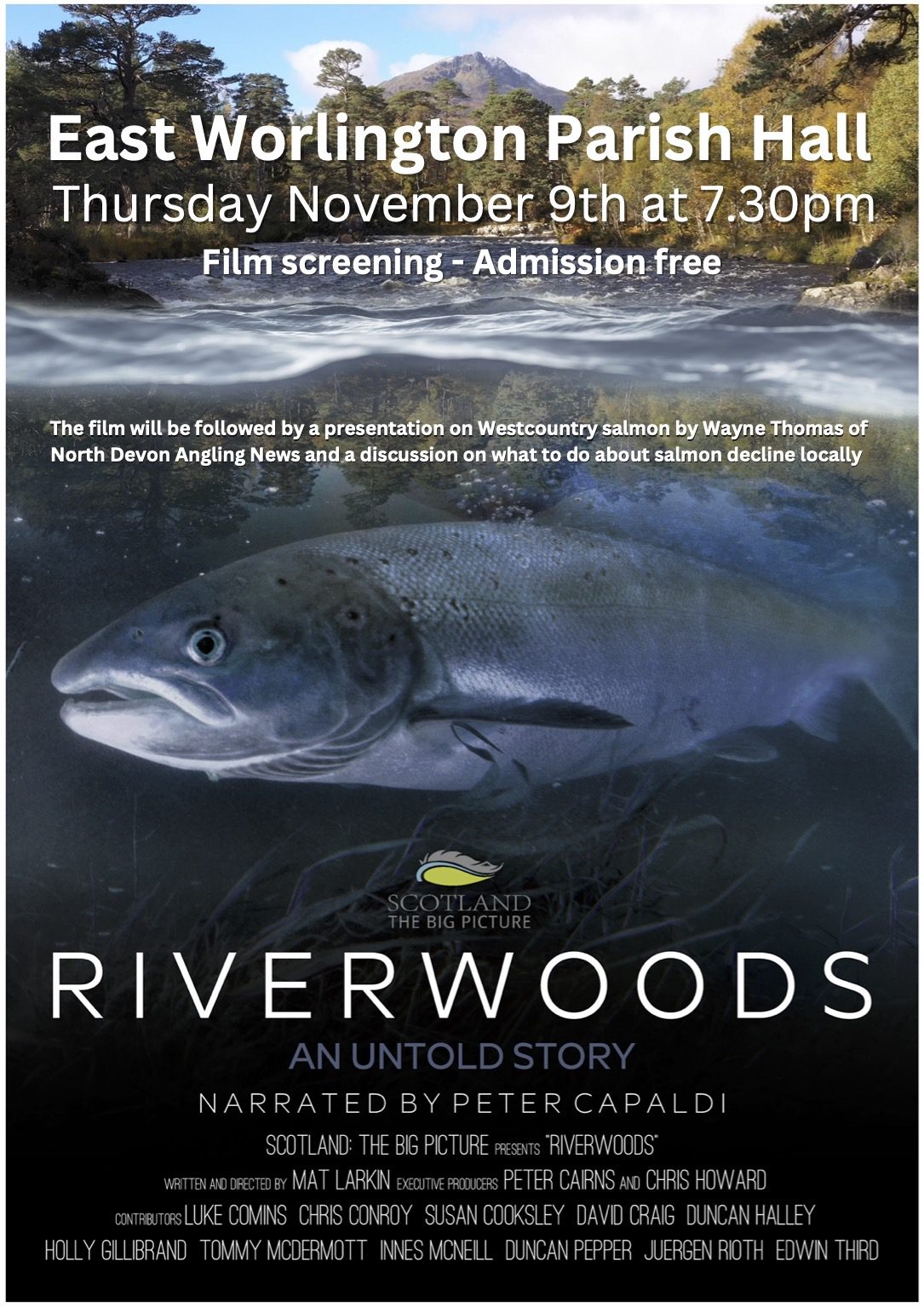

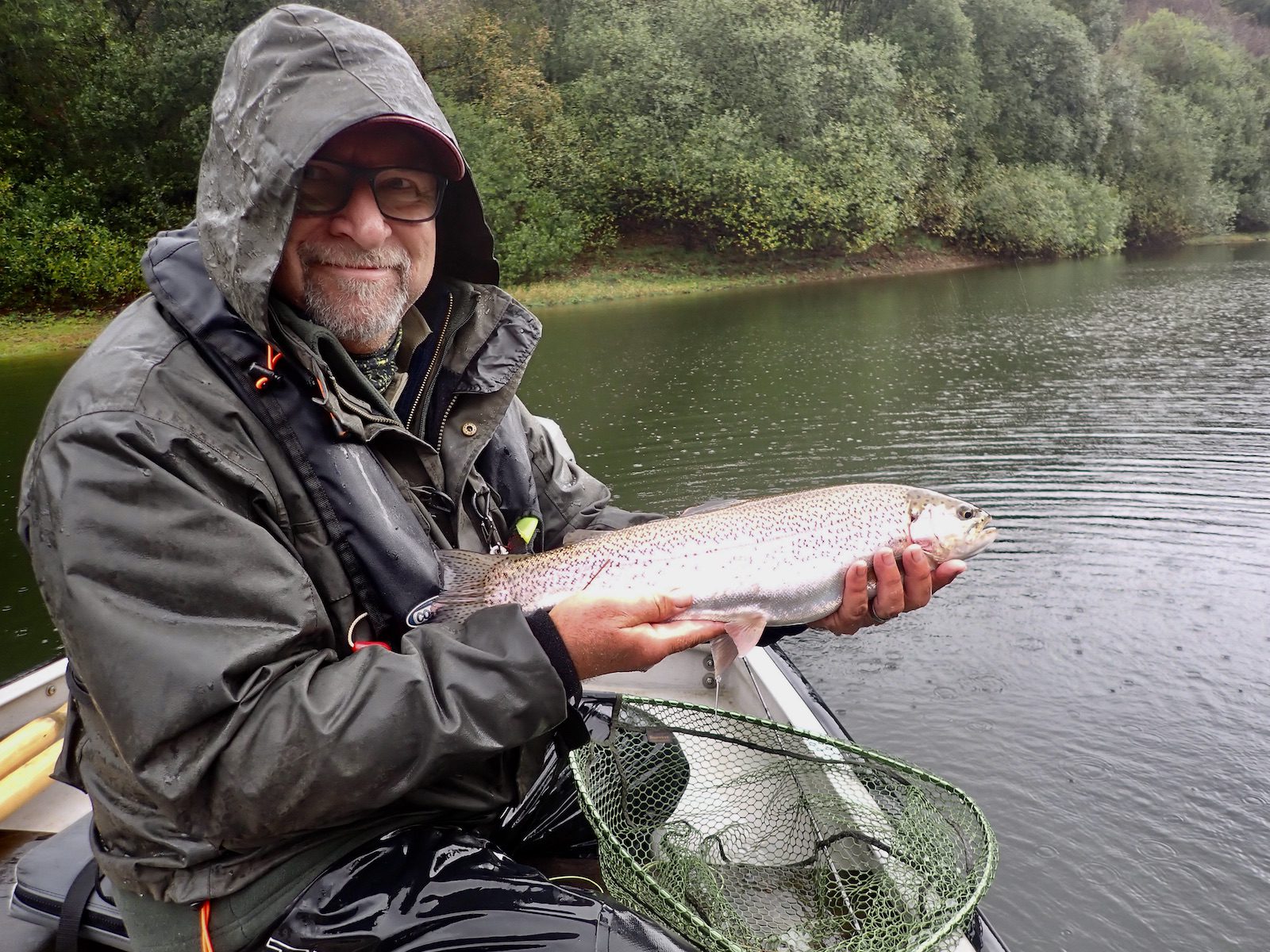
RAINY DAY RAINBOWS
Waterproofs hanging drying beside the Wood-burner reflected the story of the previous day as we sat enjoying coffees and full English in the George Inn at Brompton Regis. I was with Snowbee Ambassador Jeff Pearce, Nigel Evans and Andy Jesson who had fished in a friendly competition at Wimbleball the previous day.
The nine competitors had recorded thirty trout in a close run event that had seen them battling some pretty severe weather as the strong winds and rain of Storm Babet brushed the West Country. On practice day Nigel and Andy had boated 29 trout between them so were slightly baffled at the relatively reduced catches on match day.
Breakfast chat included in depth analysis of match day and then diverged to include the problems of the wider world and the intricacies of drone flying. These included several accounts of expensive drone crash disasters that must have been stressful for their owners at the time yet highly entertaining in the subsequent retelling. Strange how tales of disaster are often recounted and savoured with an ironic humour frequently lurking far longer than successful events. A bit like the memory of a big fish lost at the net that lingers painfully for years.
Feeling fortified we all set off for Wimbleball confident after referring to the latest from the met office inferring that today’s weather would be better.
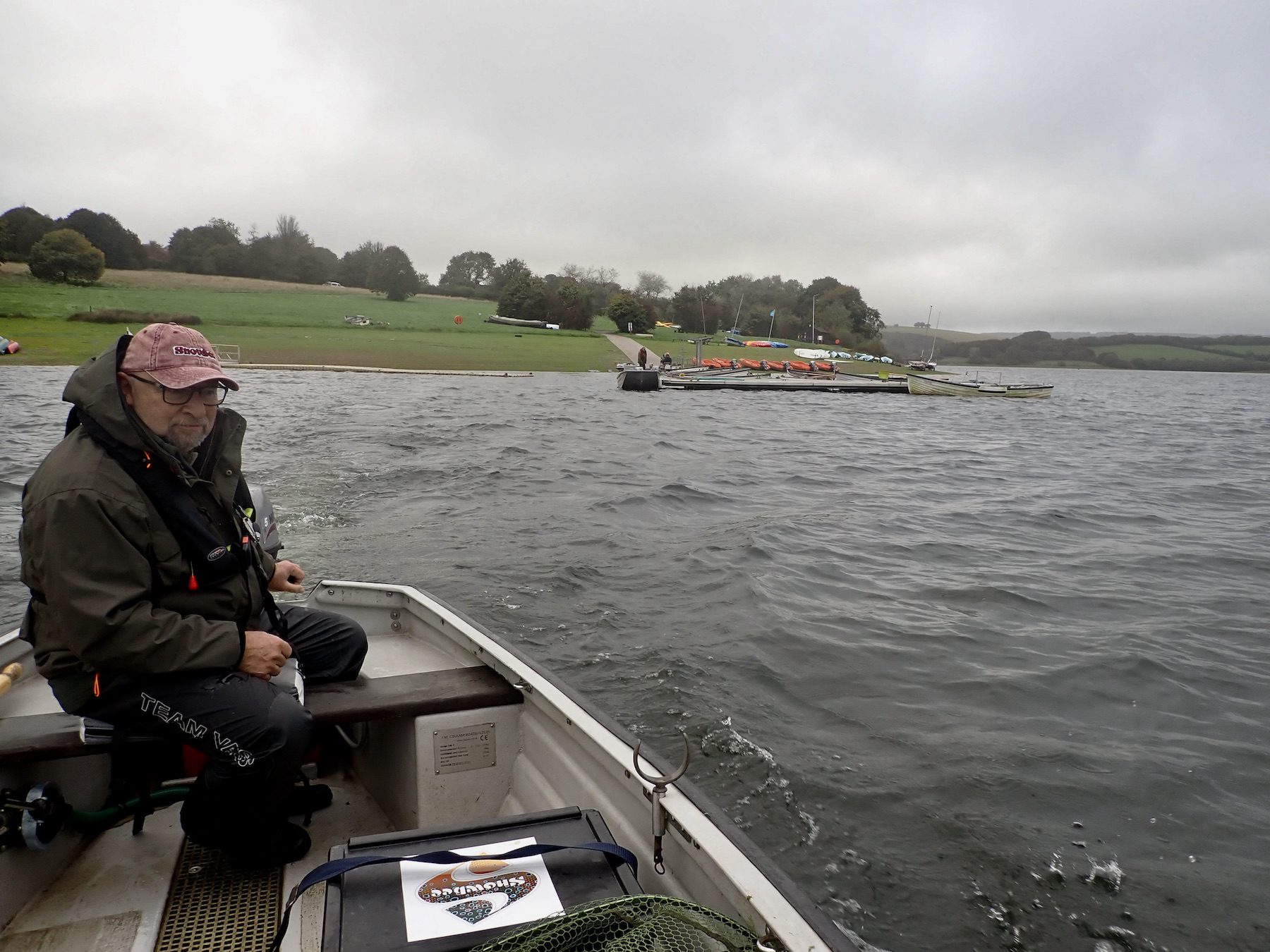
After five minutes with the bilge pump to empty the boat Jeff and I set off under grey skies to the sheltered waters of the Upton Arm.
Tinges of autumn showed upon the wooded banks with shades of golden brown amongst the still predominantly green canopy. The Upton Arm at Wimbleball is sheltered by steep wooded banks and always seems to have a unique other world atmosphere.
Jeff manoeuvred the boat into position in an area that had proved productive over recent days. I eagerly extended my Snowbee intermediate line and began to retrieve the team of flies. A solid jolt was transmitted down the line to be followed by an acrobatic trout!
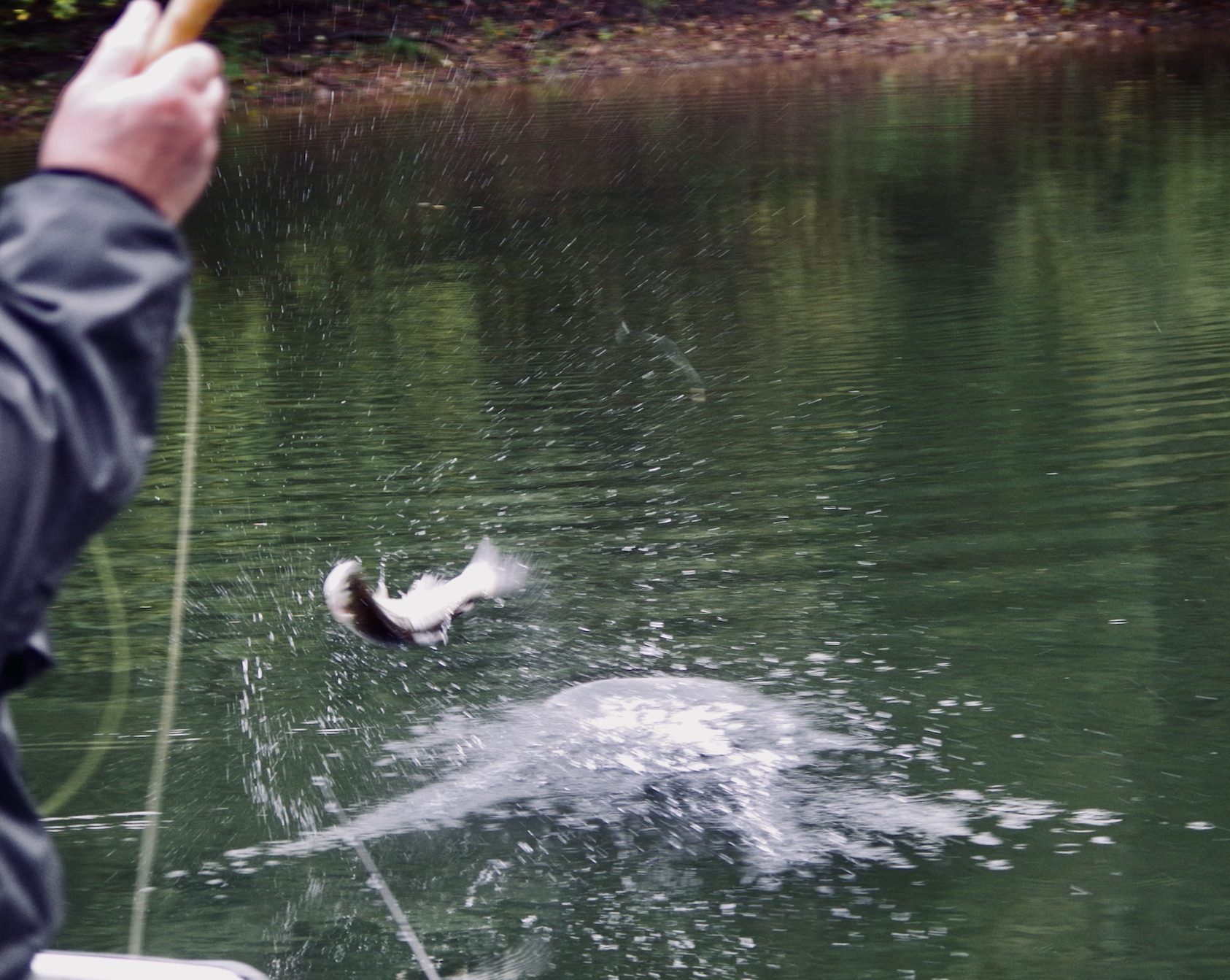
The resulting 2lb plus rainbow was a great start to the day and ensured I had at least ensured my ongoing 100% catch rate during the modern Wimbleball era.
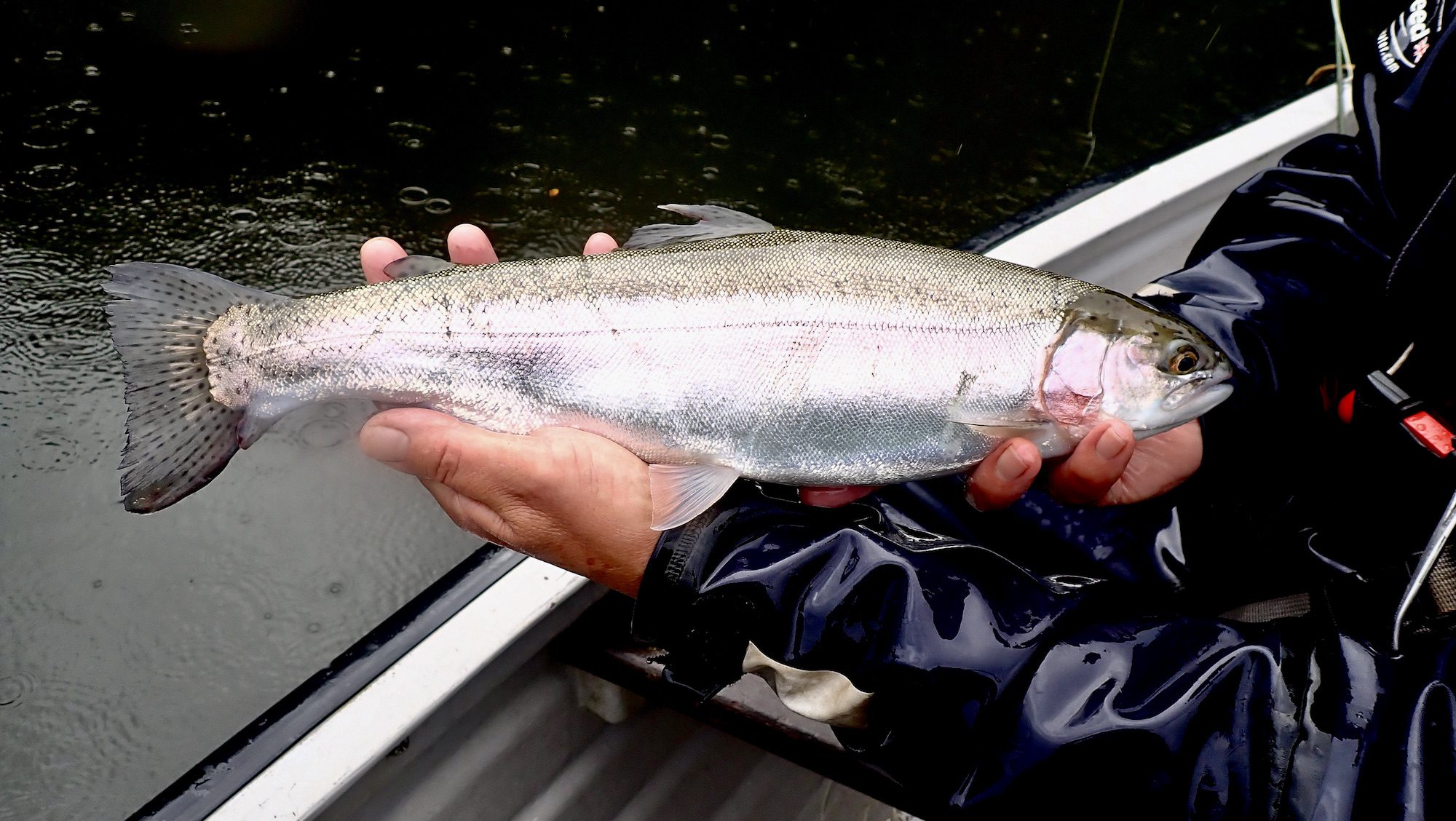
The successful fly was the ever reliable gold headed blue flash damsel on the point. I constantly reiterate that it is important to tie on a fly that gives confidence. I probably catch more than 50% of my still-water trout on this pattern and that is undoubtedly due to my confidence in its use. I am not generally one to swap and change flies repeatedly preferring to try different depths and speeds of retrieve before swapping patterns.
We could see fish moving on a regular basis further along the bank and moved towards these fish. Once again my fly was seized, there was a flurry of spray and an angry rainbow erupted from the water.
Over the first hour or so the pattern continued and Jeff also started to hook up with some hard fighting rainbows. All full tailed fish in splendid condition. It soon became obvious that the fish were tightly shoaled as we glimpsed numerous fish in the dark clear water as they followed our flies.
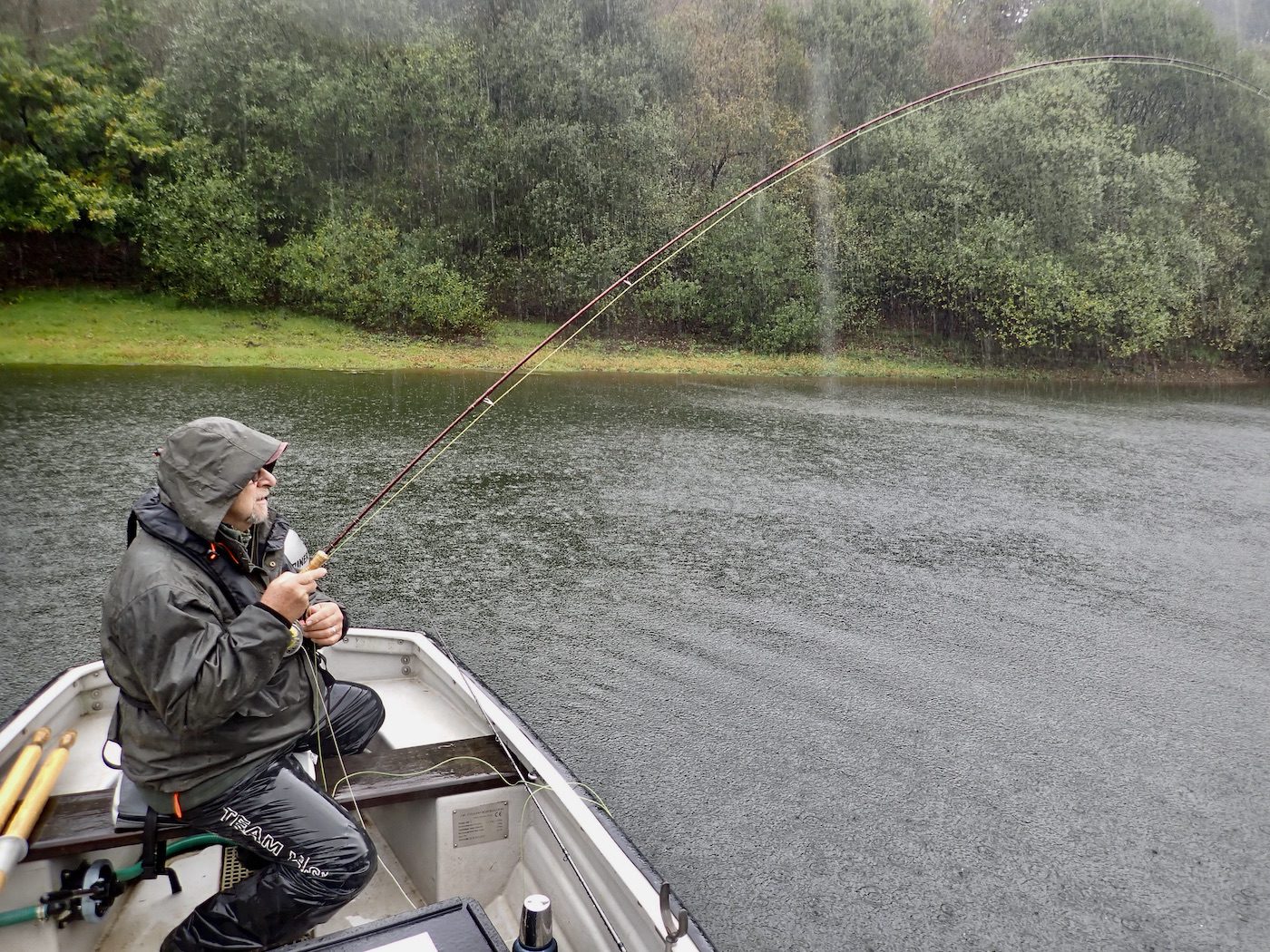
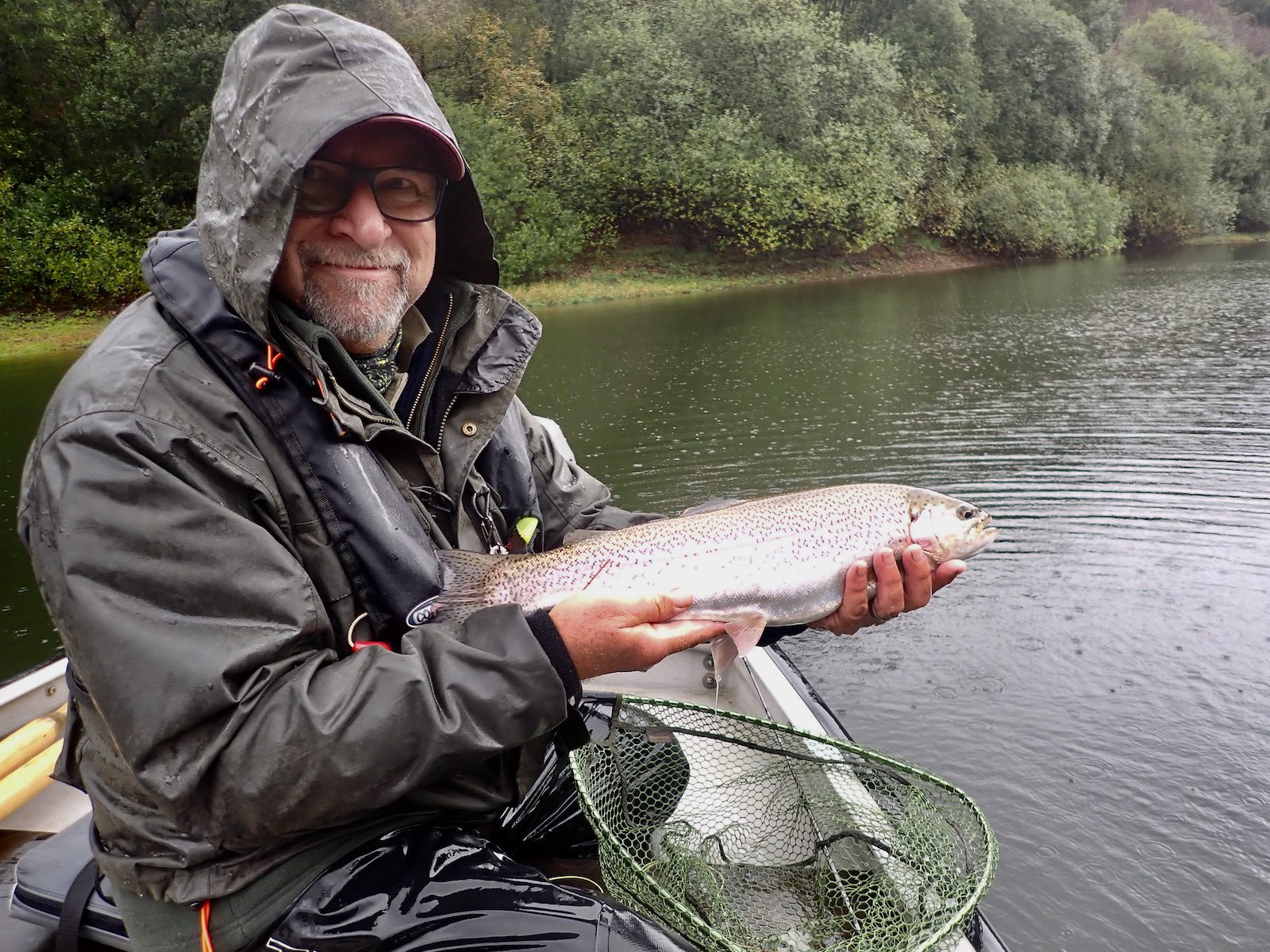
Sport was to be consistent throughout the day with some epic battles with Wimbleball’s finest the best of the trout nudging 4lb and averaging close to 3lb.
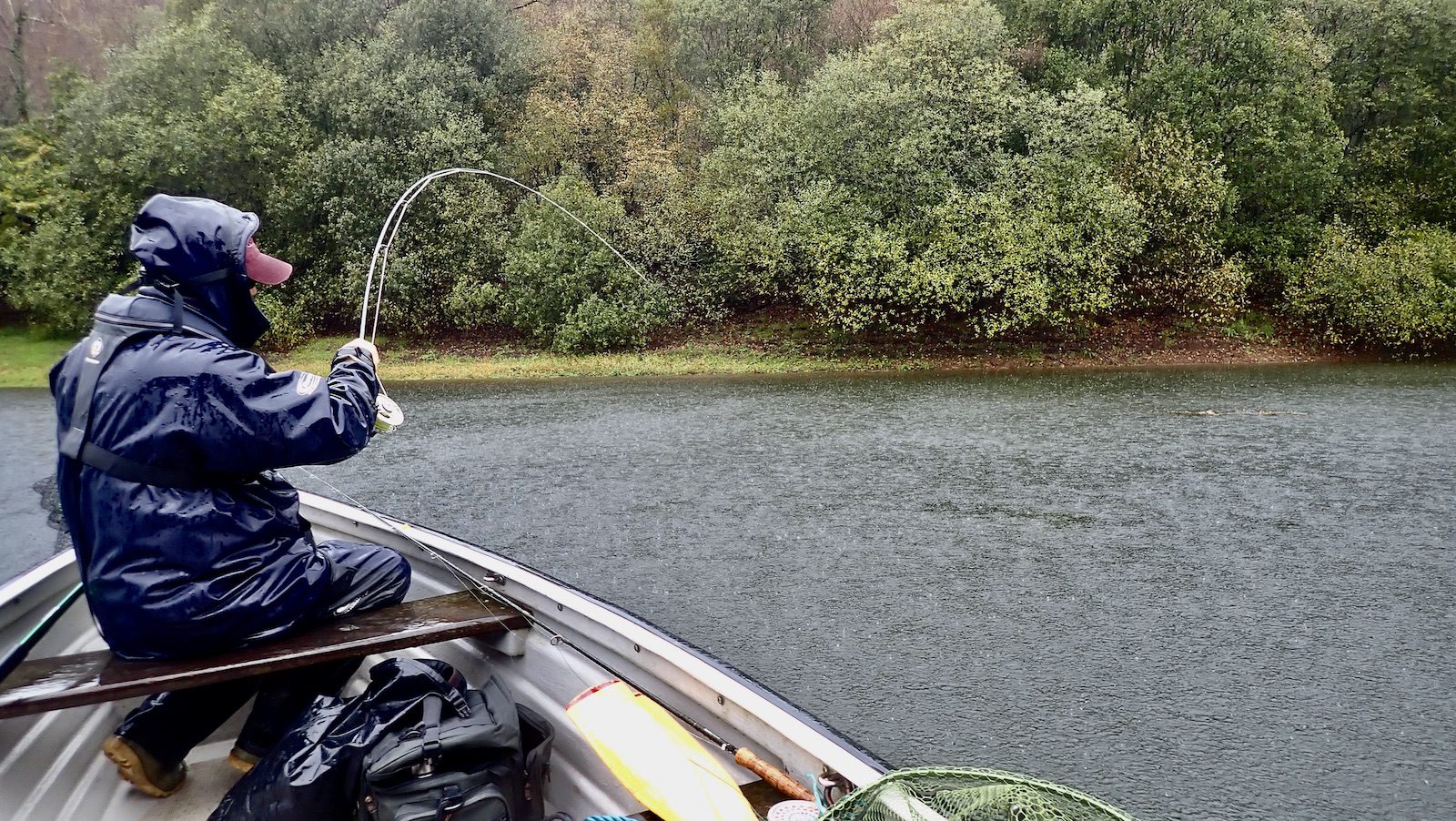
It was the weather though that will linger in the memory along with persistently bent rods and purring reels. The dark skies brought some brutal showers on the tail end of storm Babet.
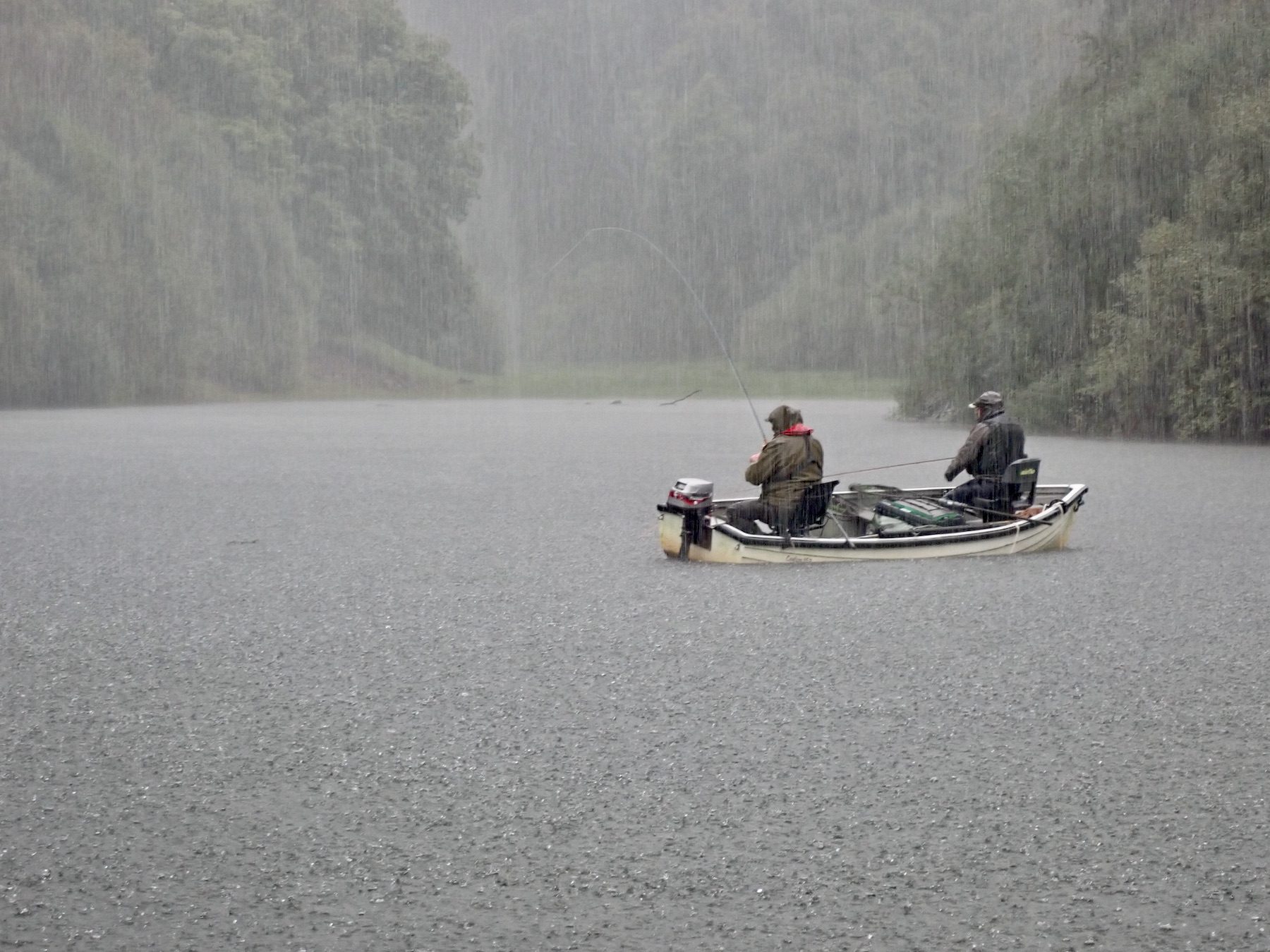
It seems that we are increasingly weathering the storms to go fishing. Fortunately, modern waterproofs are up to the job ensuring that fishing is enjoyable in even the most hostile of conditions. There can be few climate change deniers amongst the angling fraternity.
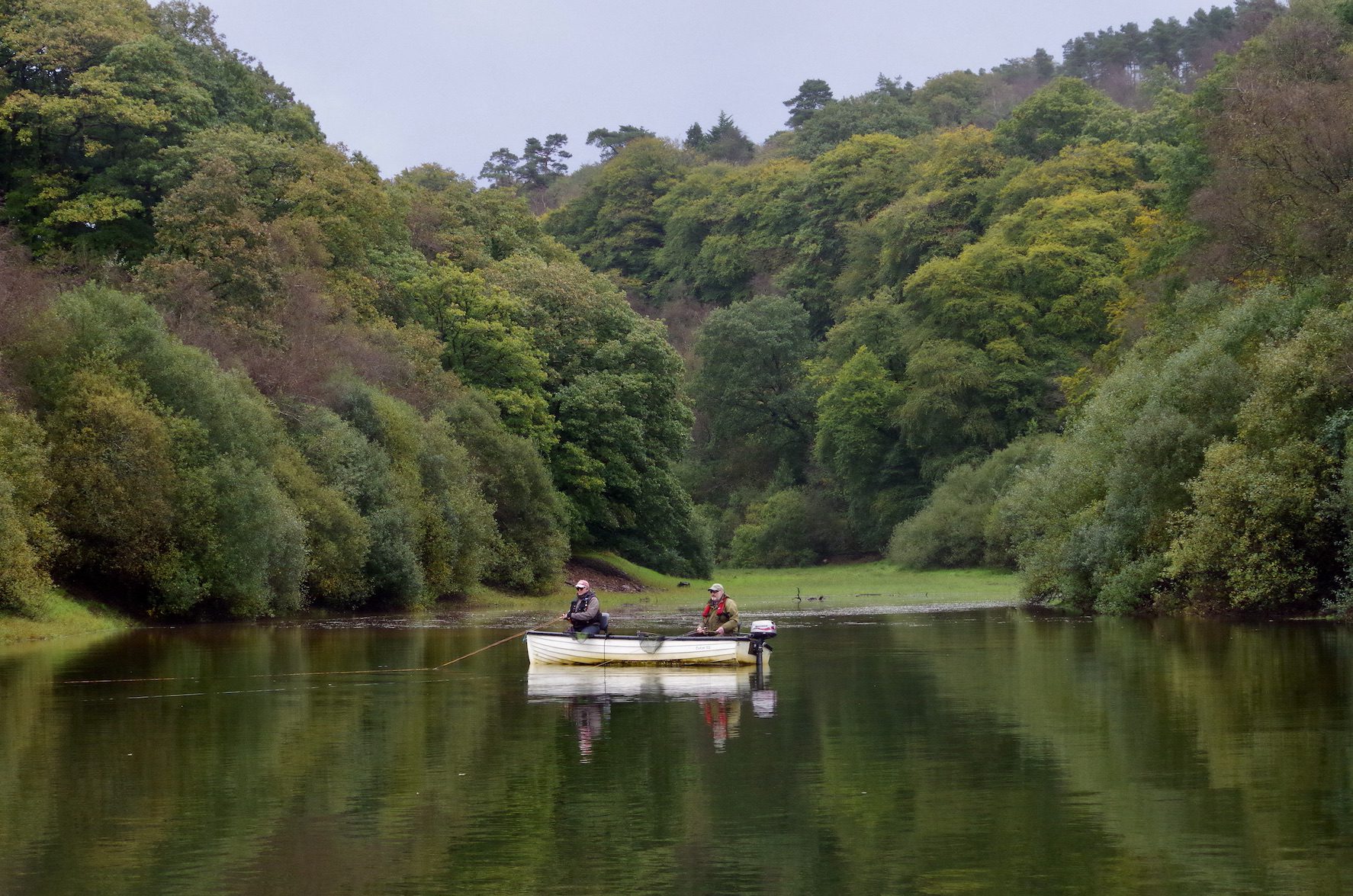
Sport proved consistent as the day drifted past all too quickly. The high banks of the Upton Valley provided welcome shelter from the wind and we were joined by Nigel and Andy who fished a hundred yards or so behind us. They too enjoyed consistent action and also noticed that most of the fish were patrolling one side of the bay hugging the shoreline.
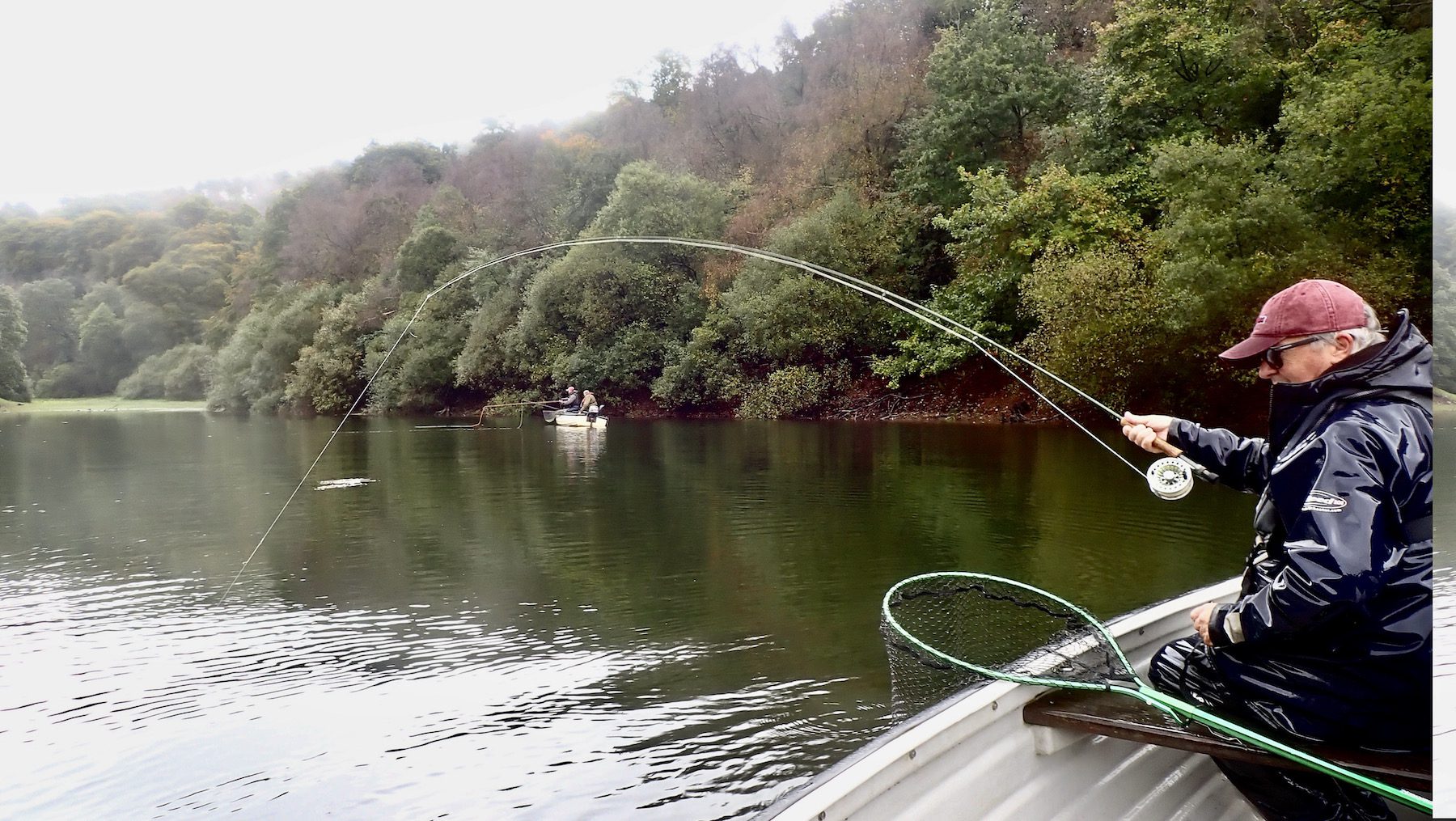
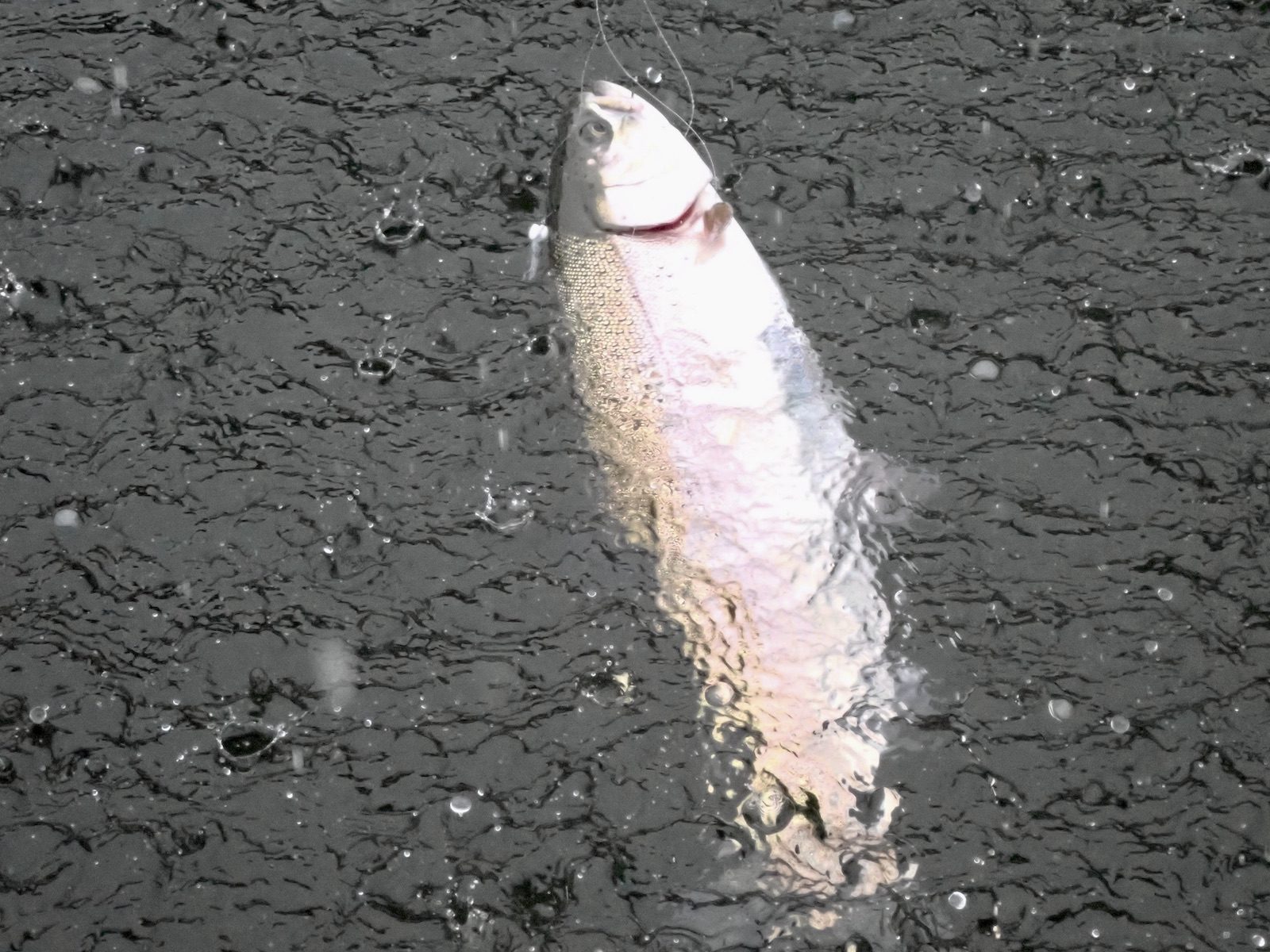

A red kite soared high above the valley as the rain eased. The calm surface of the lake reflected the dark trees and as the showers passed by wisps of mist lifted from the lake.
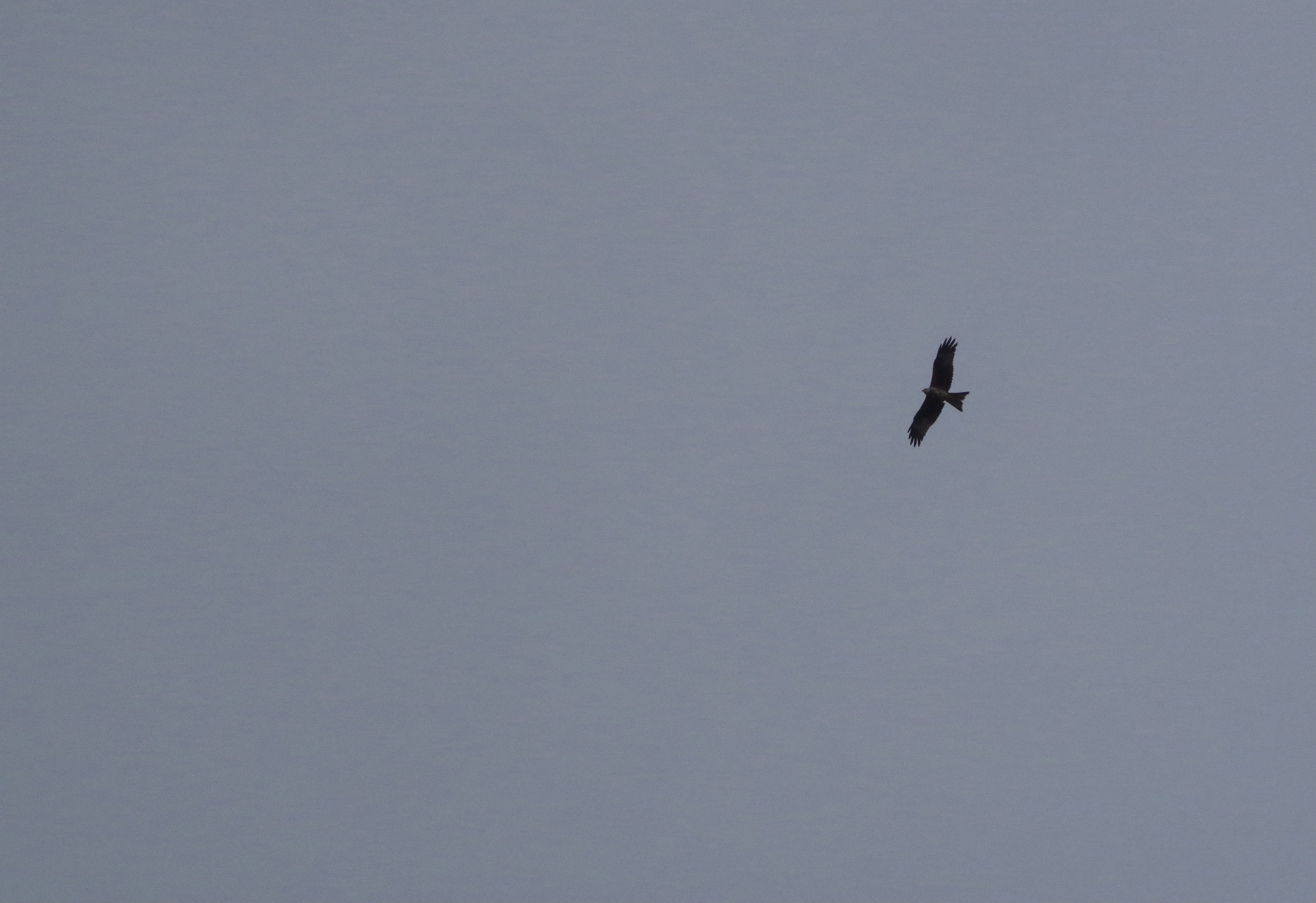
By mid-afternoon we had caught 19 rainbows releasing all but a couple at the side of the boat. Barbless hooks and rubber meshed Snowbee nets ensuring minimal damage.
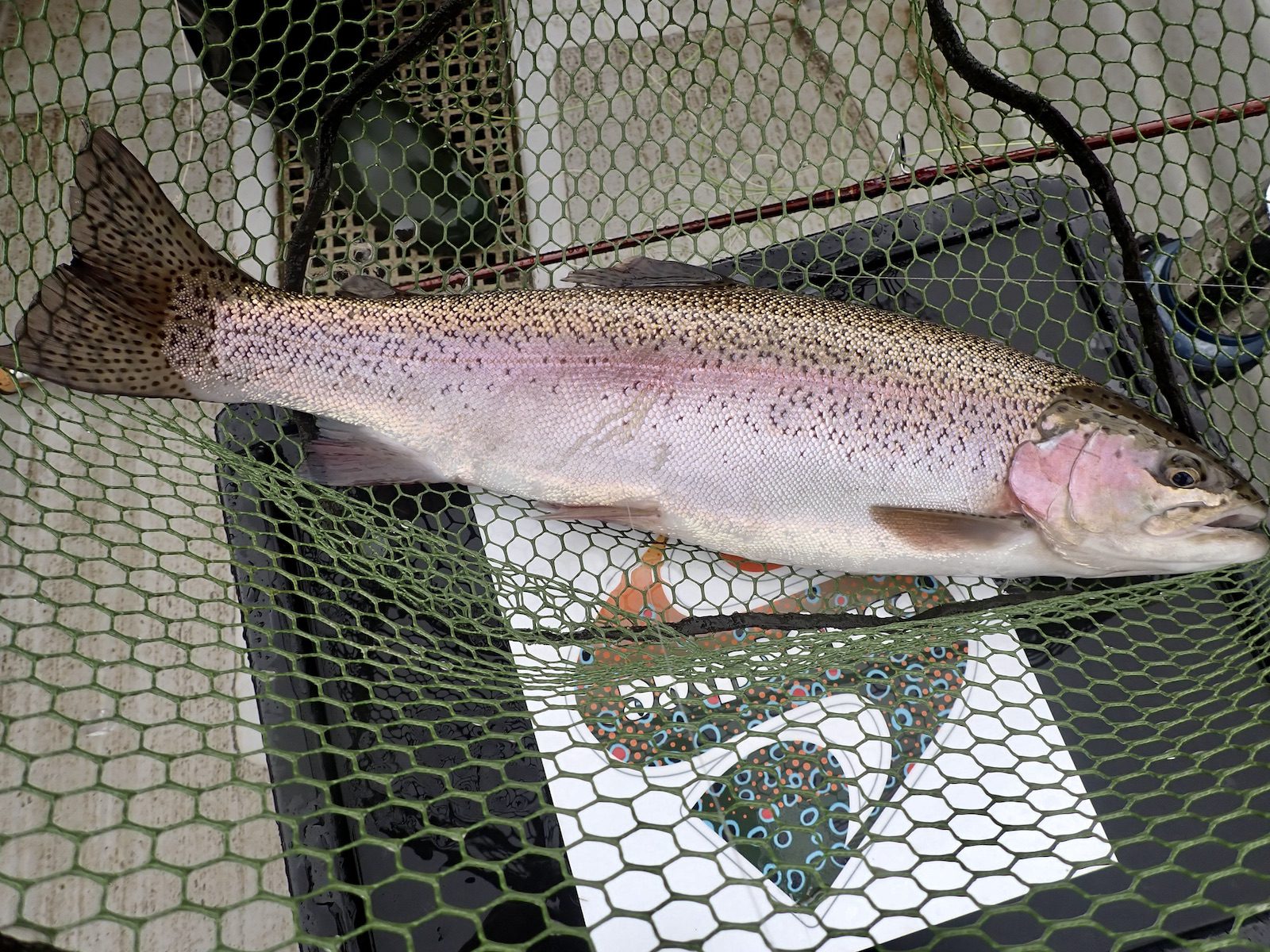
Inevitably sport eased and we decided upon a change of scenery heading back to the yacht club bay for a final hour. We had a quick drift without success and then proceeded to drop the anchor. A small wild brownie brought the days total to twenty.
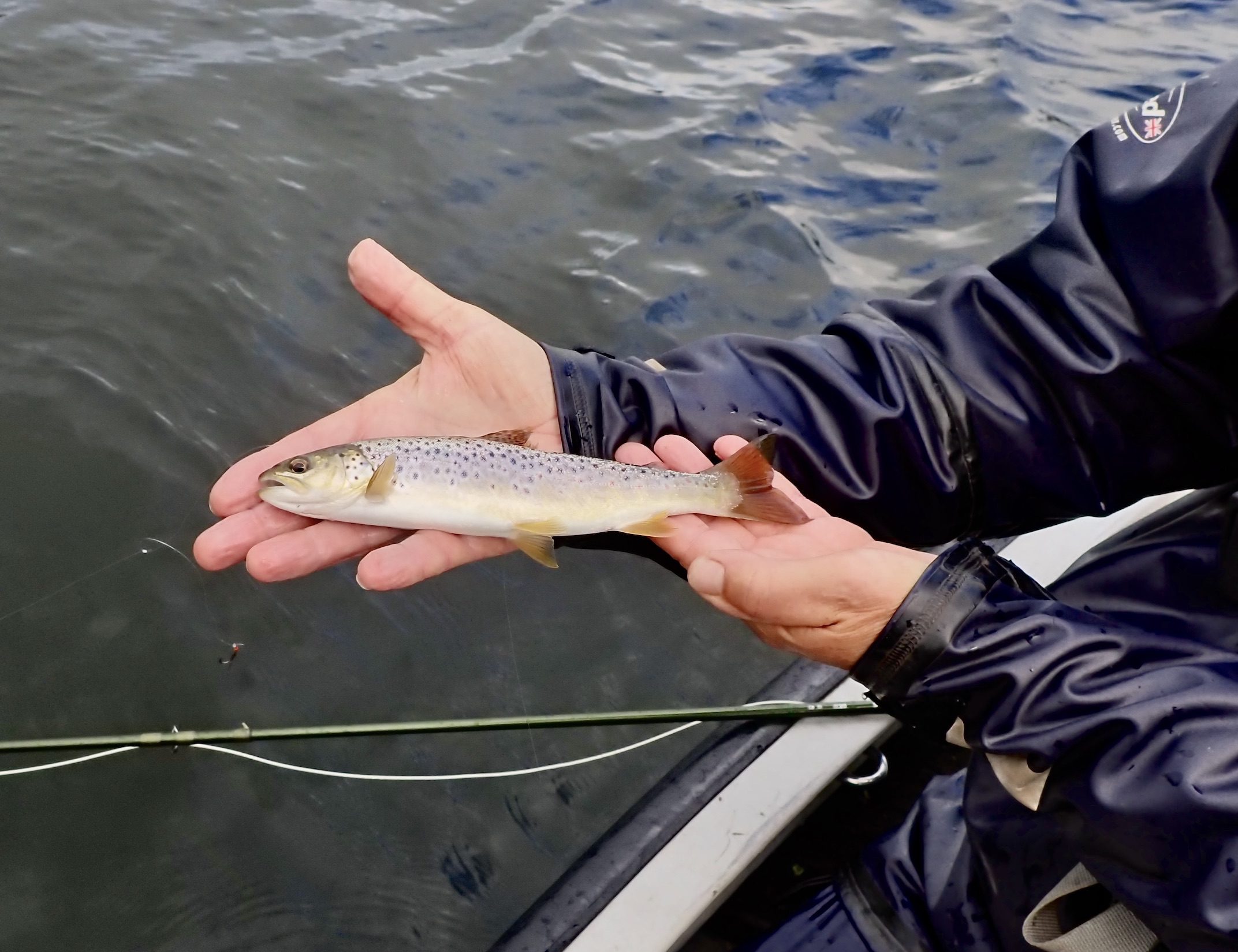
Another brutal shower descended upon the lake and a rainbow appeared briefly as the late afternoon sun momentarily broke through the clouds. The trout proved elusive probably switched off the feed for we felt sure they would be present in the area that had been productive over recent days.
In truth I wasn’t too upset when Jeff suggested he had had enough, I had too!
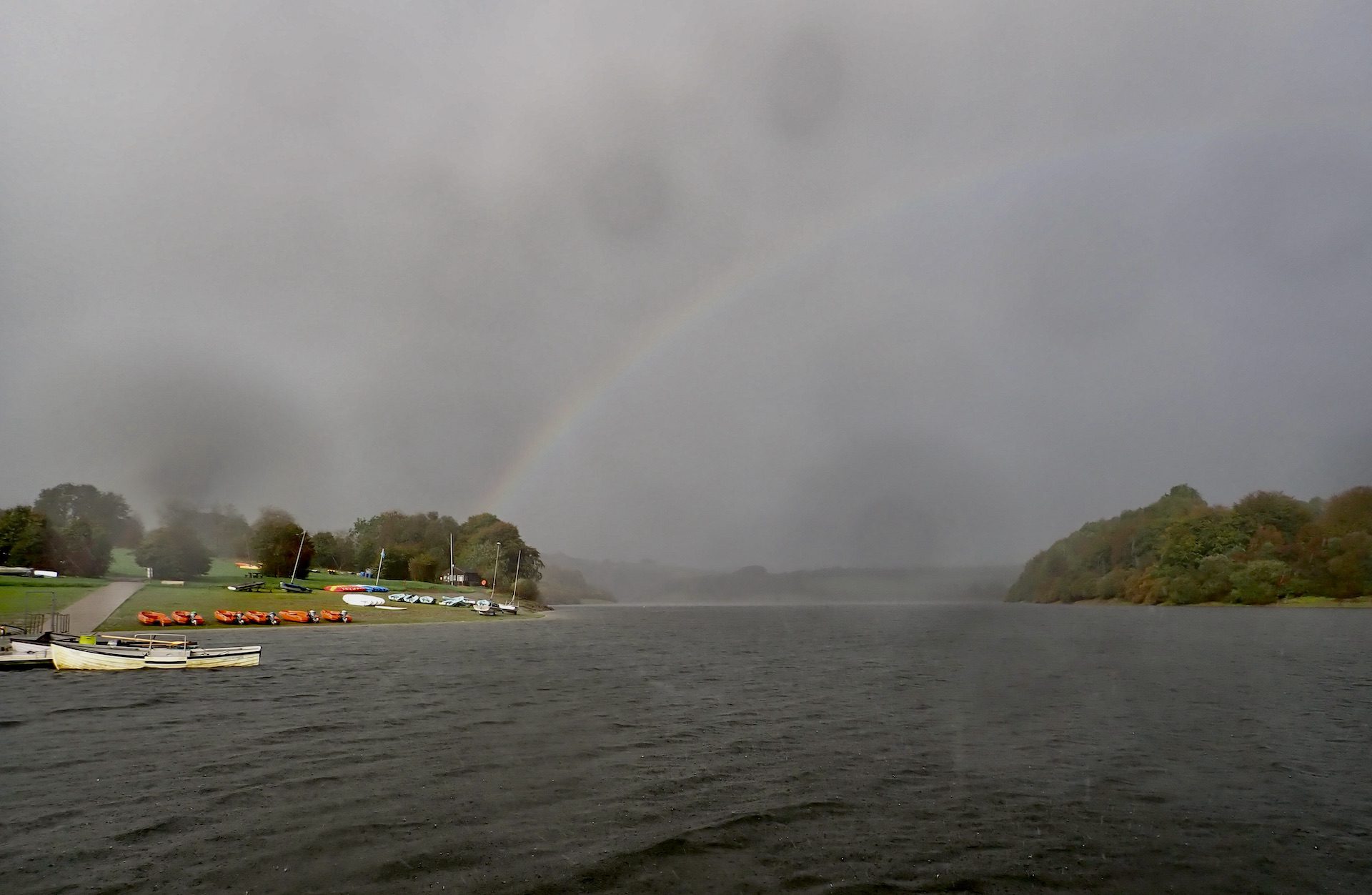
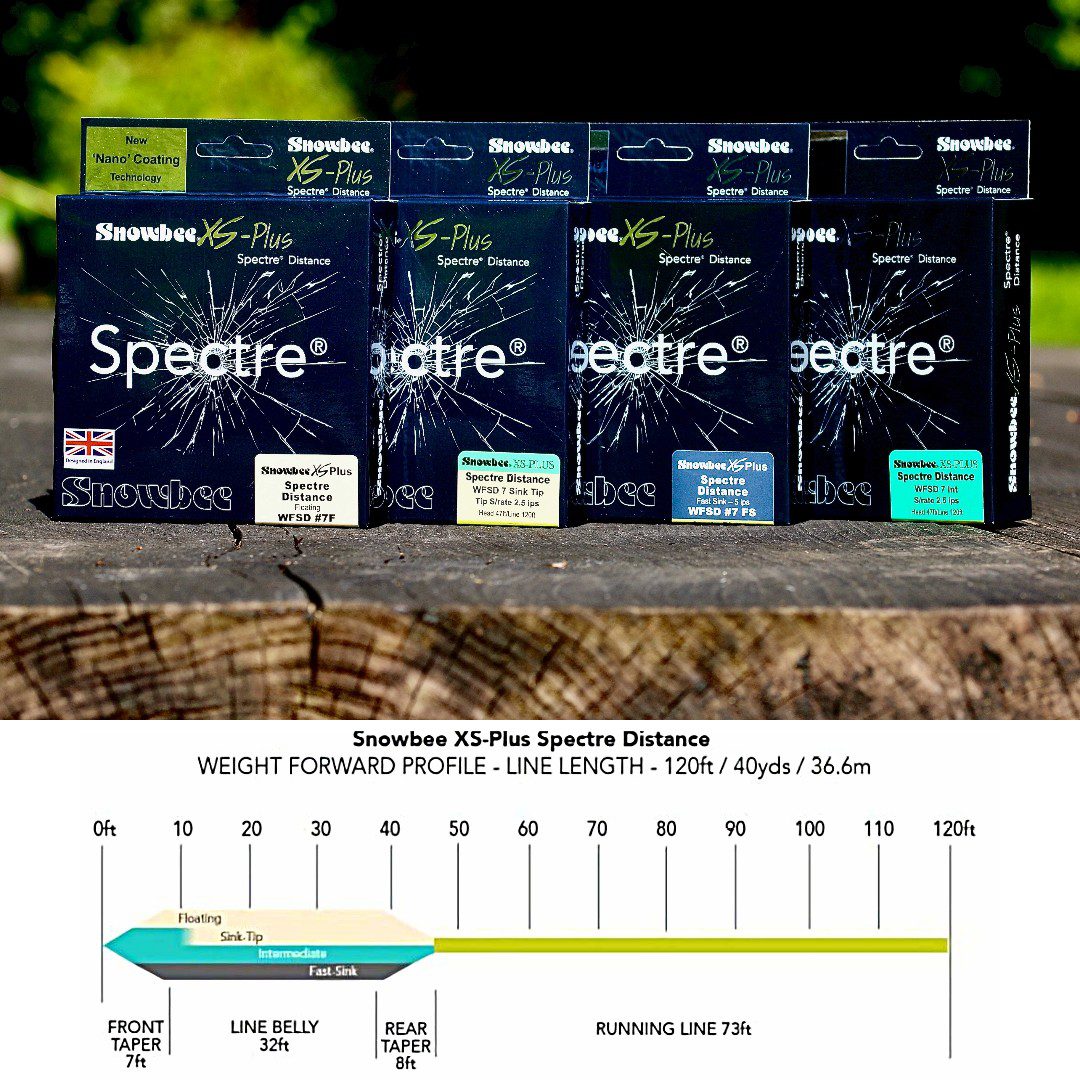
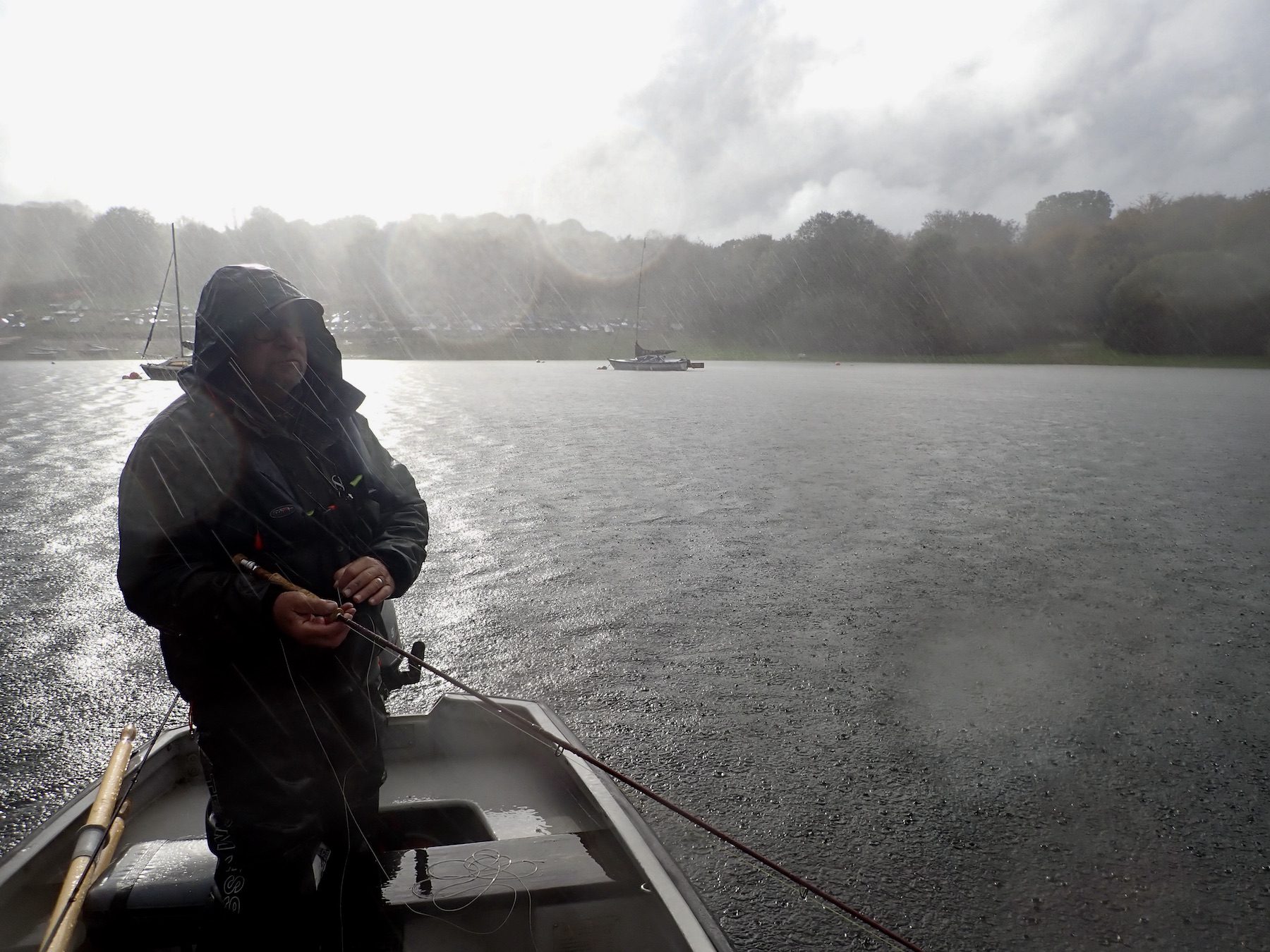
It had been a top day on the lake a water that has provided some spectacular sport under the management of Mark Underhill and his family since 2018. Wimbleball is not always an easy water with a vast acreage the trout can sometimes prove elusive but it is always well stocked with pristine conditioned rainbows. There is always the added chance of connecting with one of the lakes wild brownies that have grown large feeding upon the abundant fry.
Winter sport can be enjoyed with plans under consideration to remain open for most of the winter.
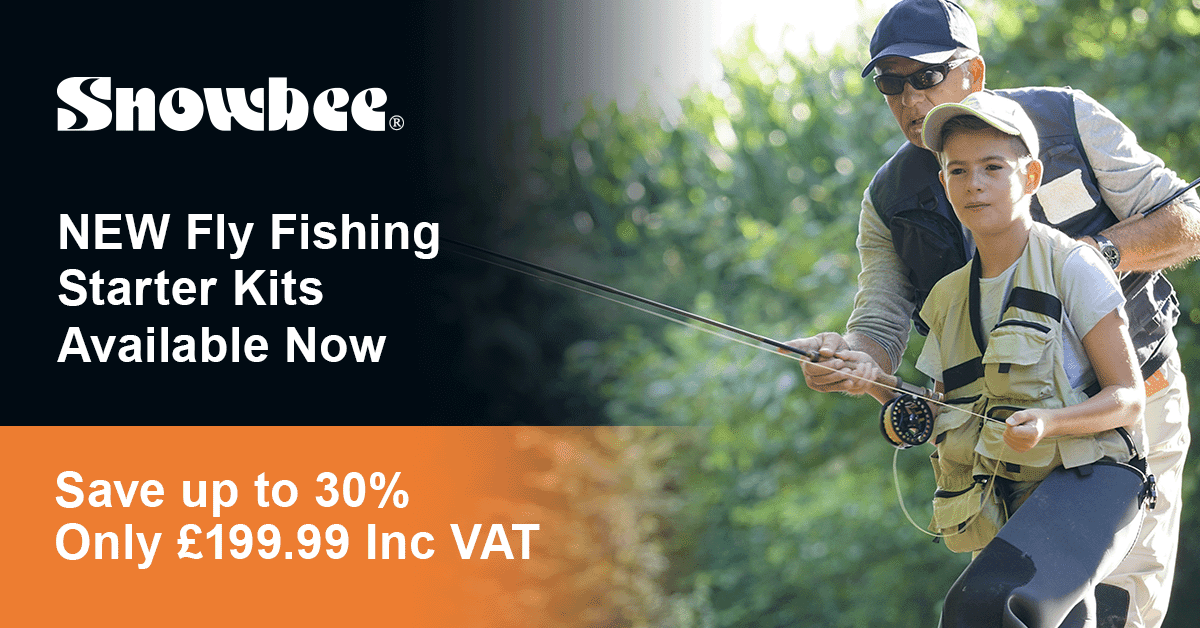
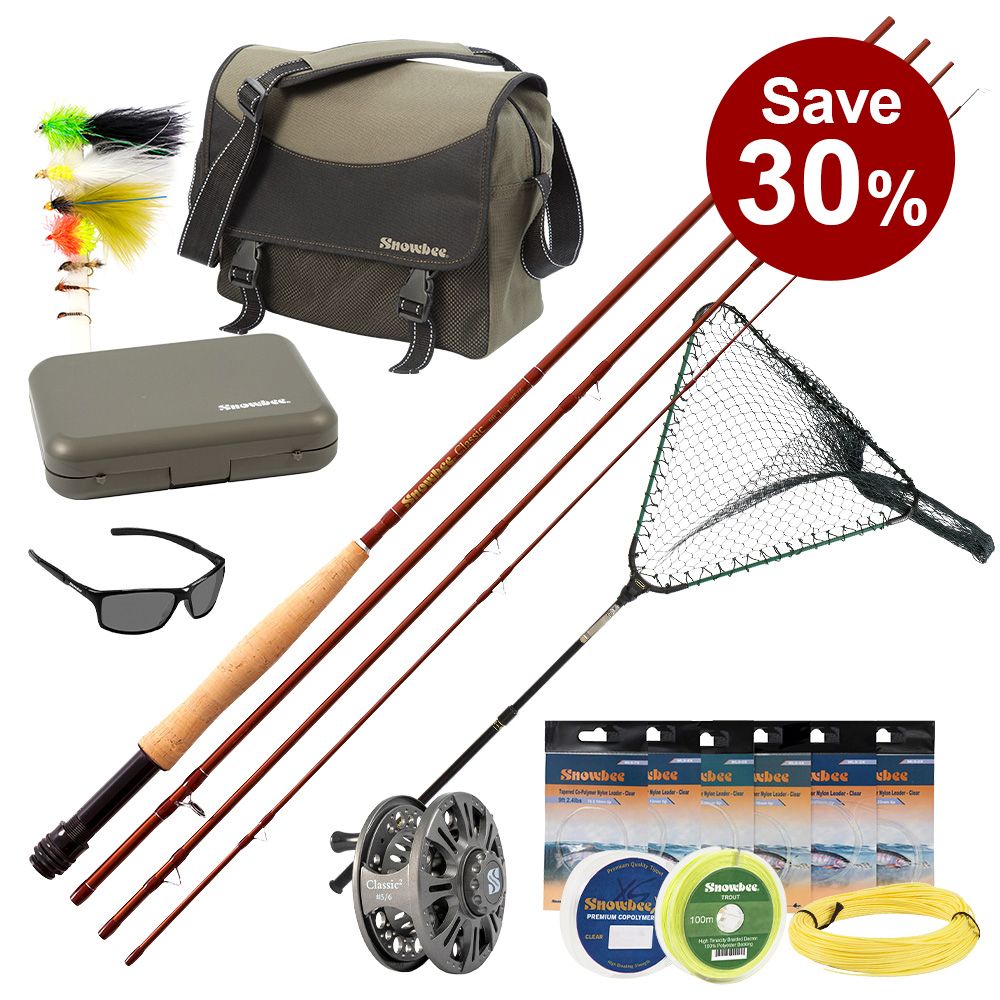
I have started writing a few features on the new countryside writing platform scribehound. Please see link below to latest article.
https://www.scribehound.com/lifestyle/s/fishing/gone-in-a-lifetime
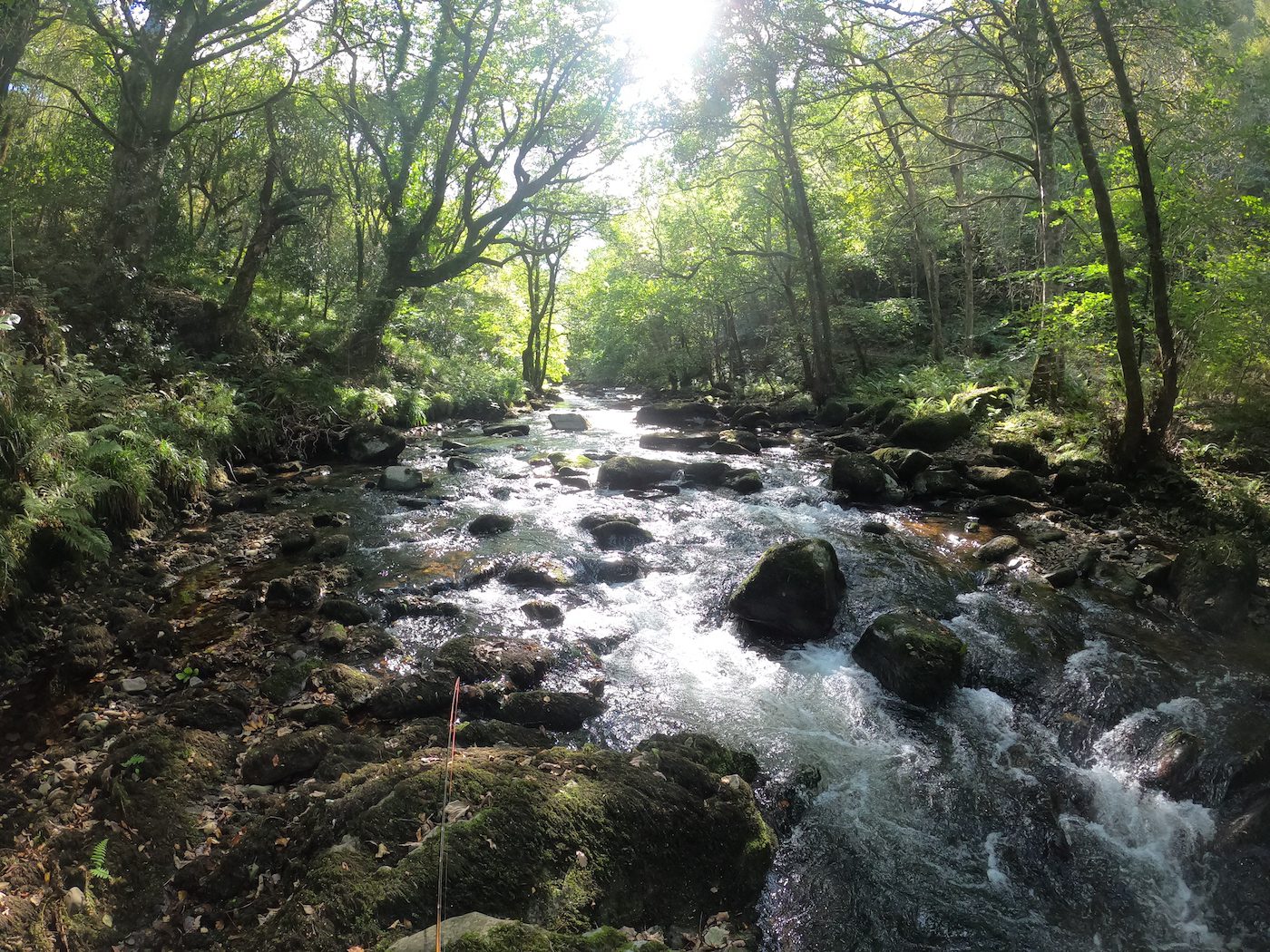
I will also be delivering a short talk after the Riverwoods film at Kings Nympton on Friday October 20th.
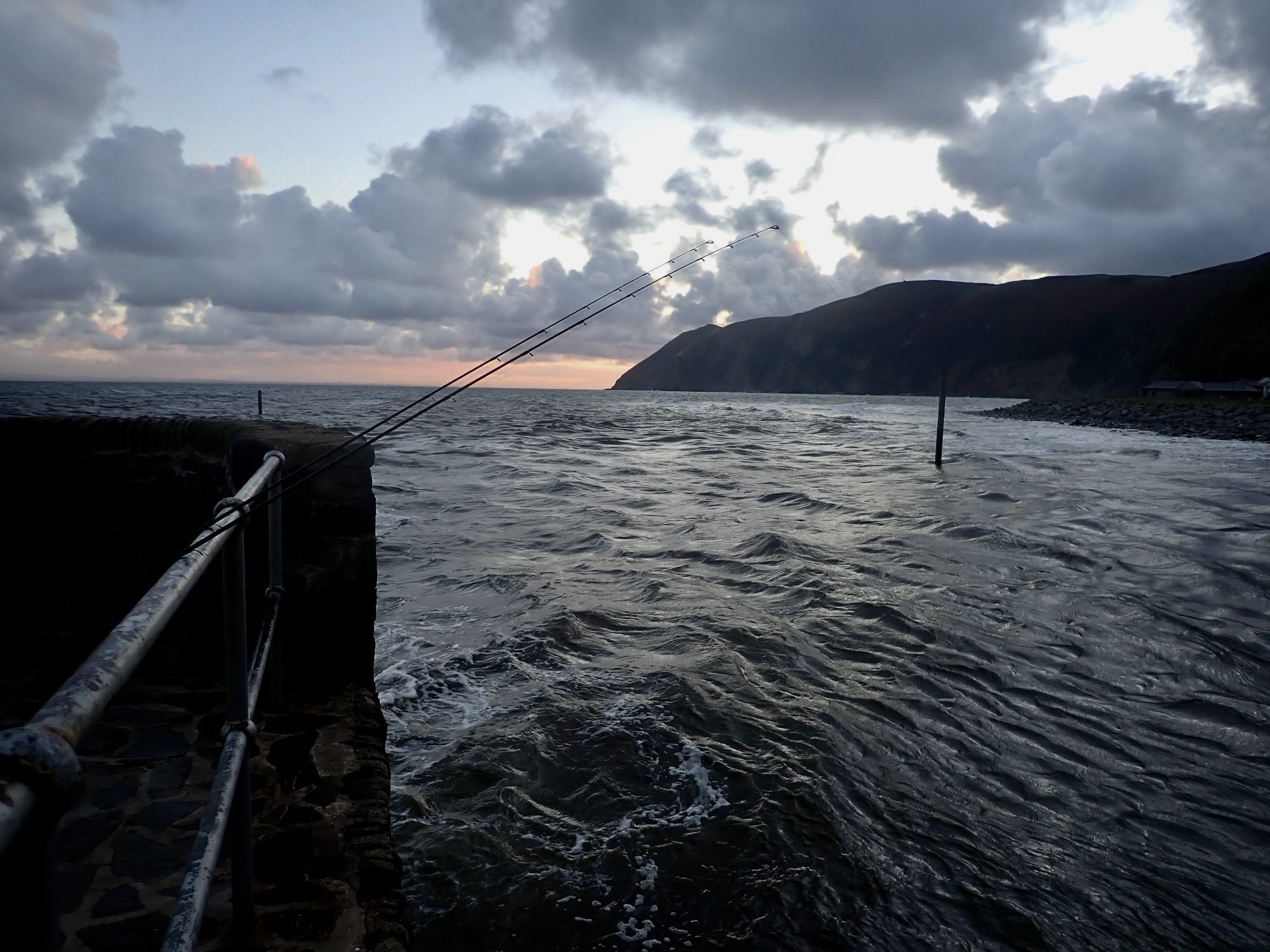
Combe Martin Sea Angling Clubs annual Lyn Fish competition concludes each year at Lynmouth with the meet up afterwards in the pub. This year’s meet up was in the Ancient Mariner where members were pleased to retire to the warmth of the bar after fishing around the harbour as a cold North Wind swept in.
October is generally a good month for targeting thick-lipped grey mullet and most members who fished the competition concentrated on these wily grey ghosts fishing several of the weekend’s tides.
I ( Wayne Thomas) was fortunate to win the competition with a mullet of 3lb 4oz and added a brace of mullet weighing 3lb 3oz each to secure the top three places. Dan Welch also caught several mullet to 2lb 9oz using float and feeder tactics. I was also surprised to catch a pollock of around 1lb 8oz using bread flake as bait.
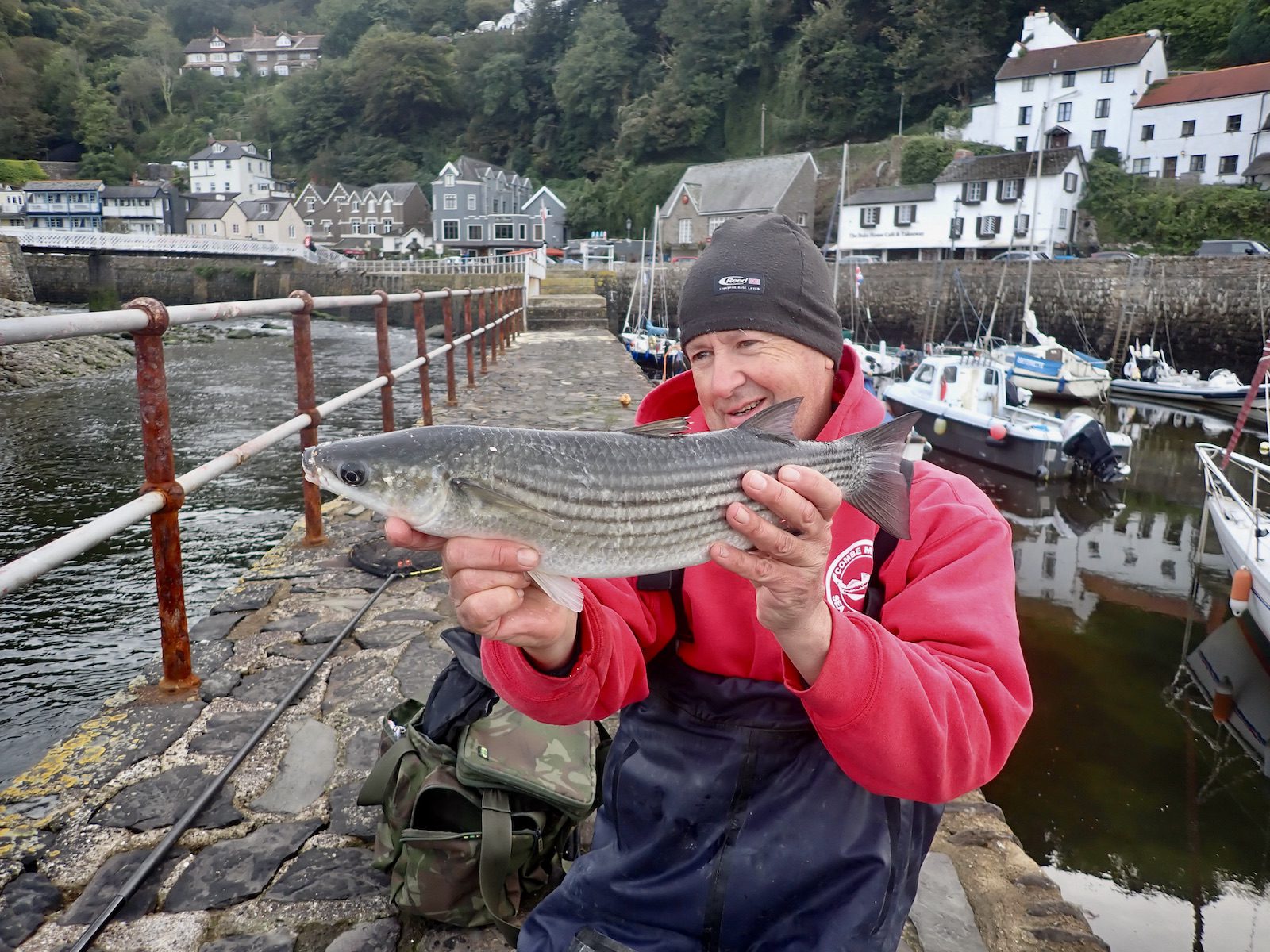
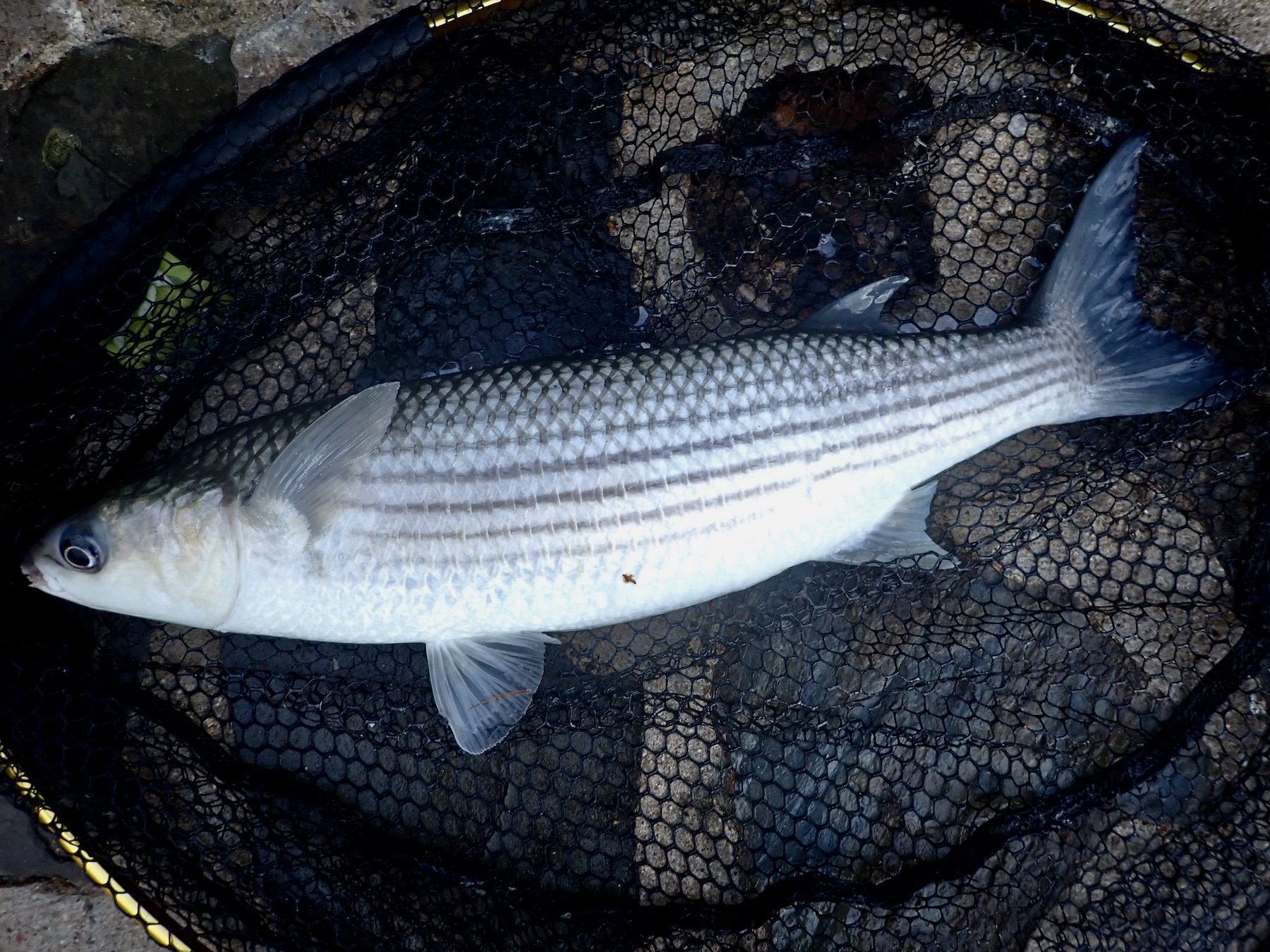
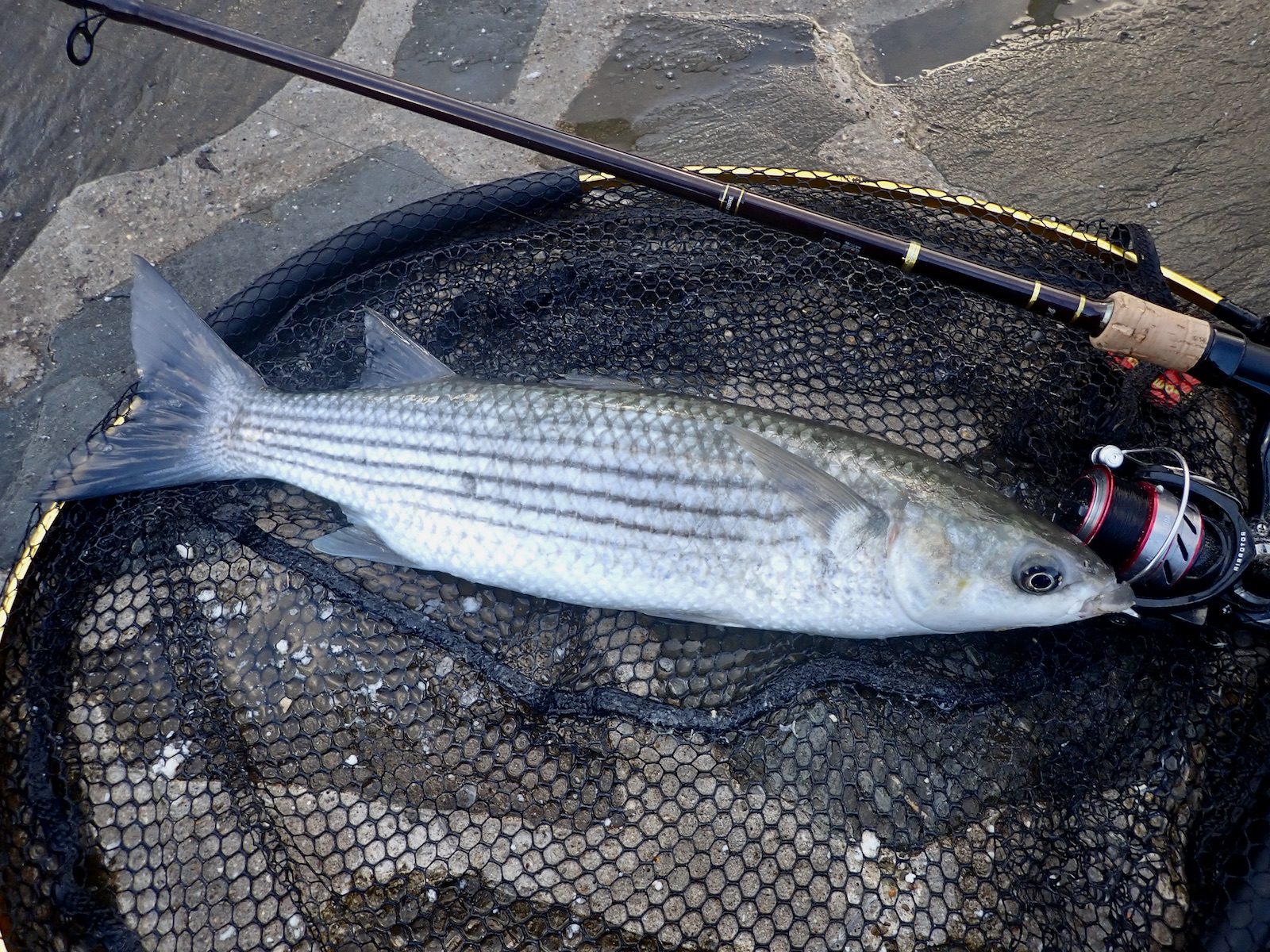
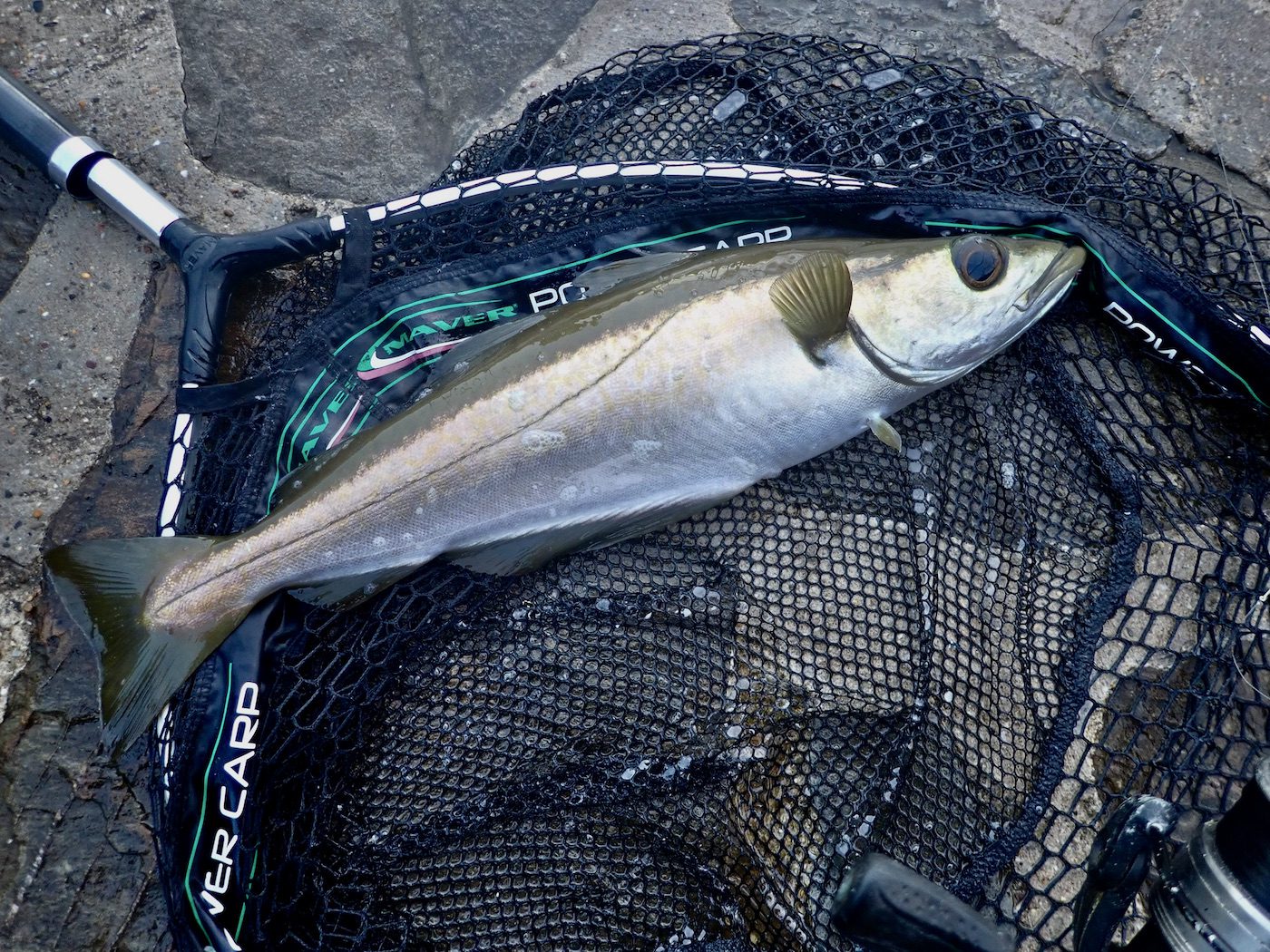
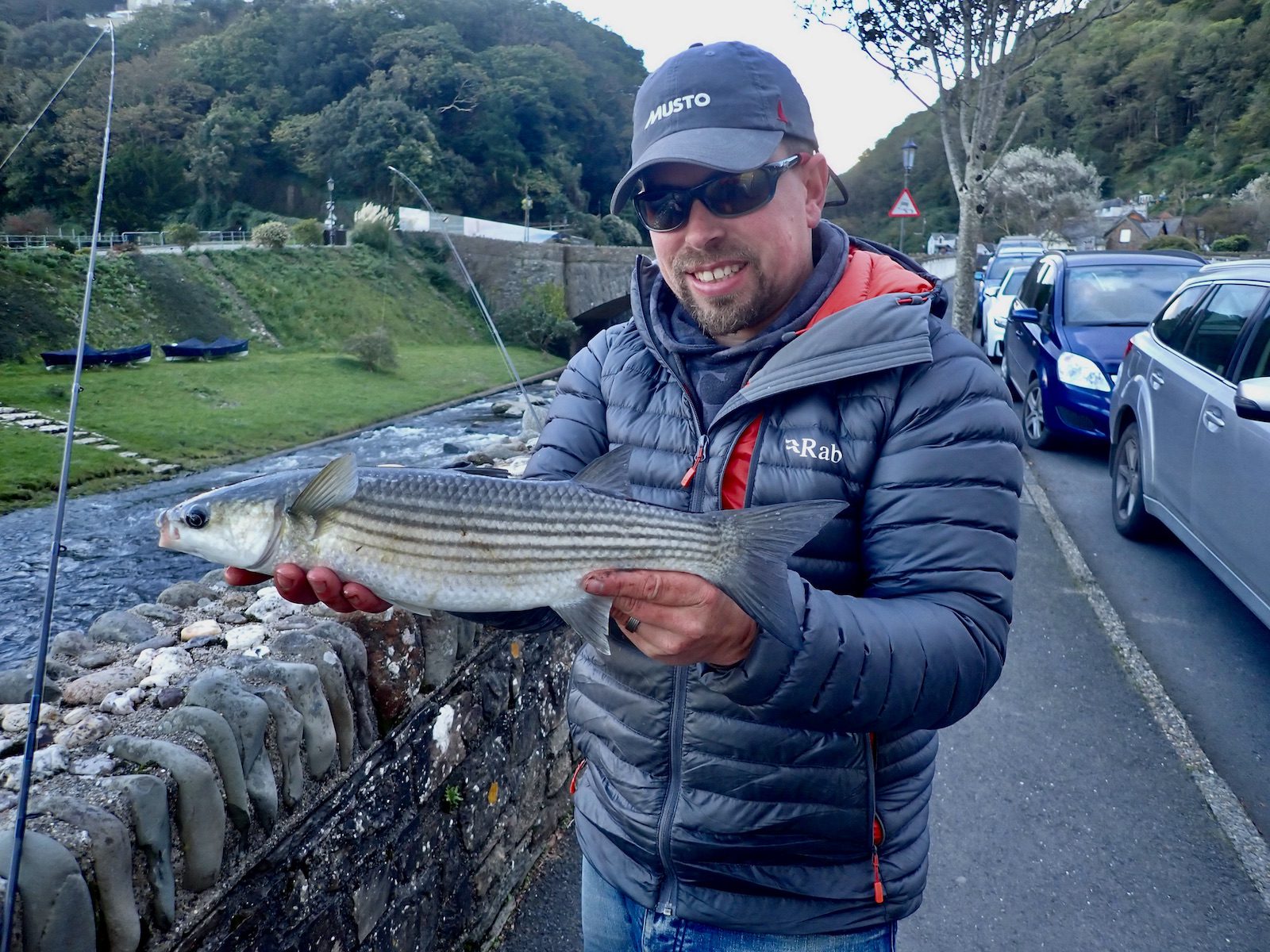
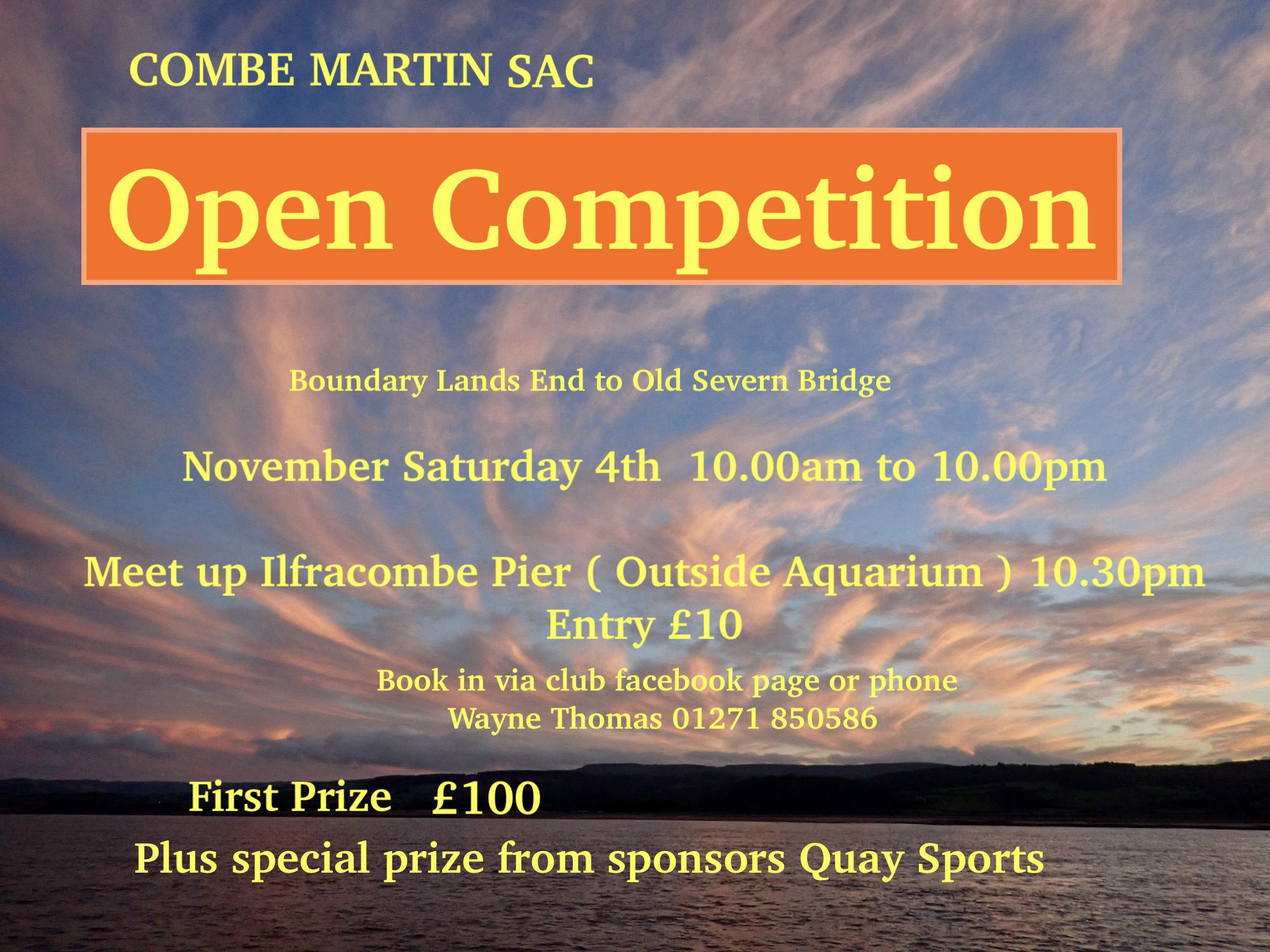
Only 1 fish weighed
1st Andrew Clements Wrasse 3lb 13 1/2oz 85.416%
